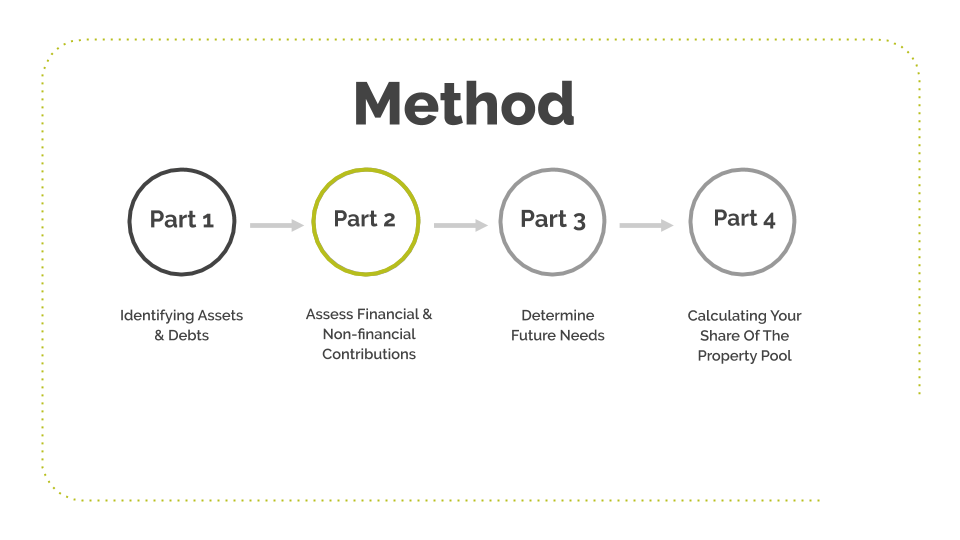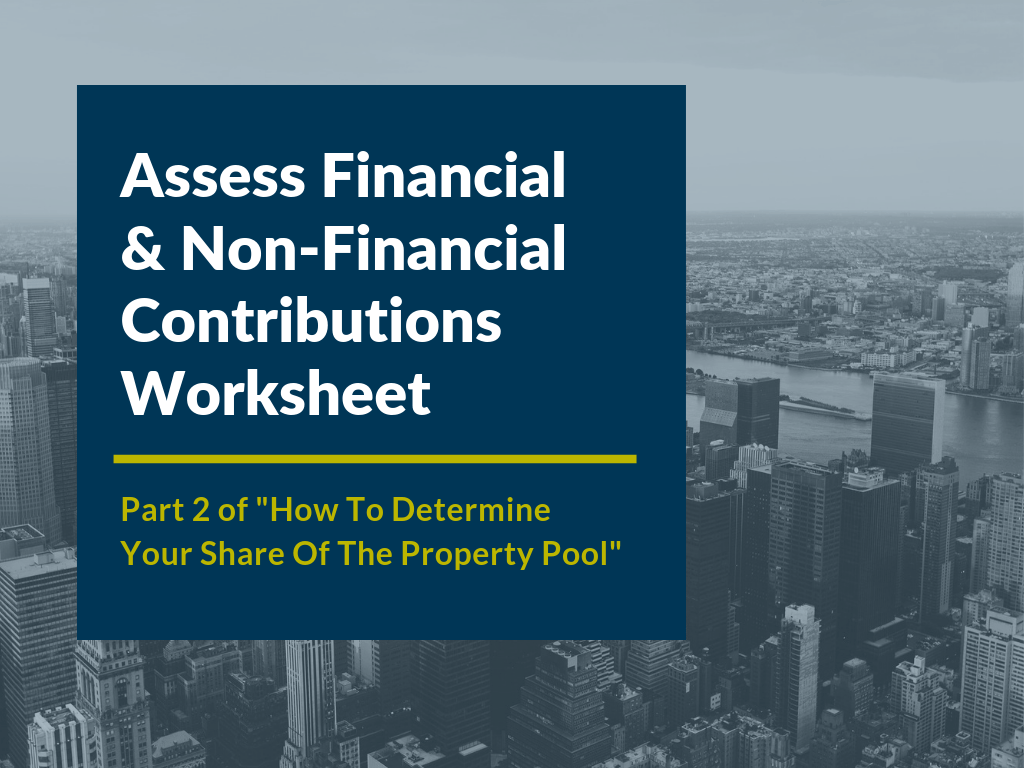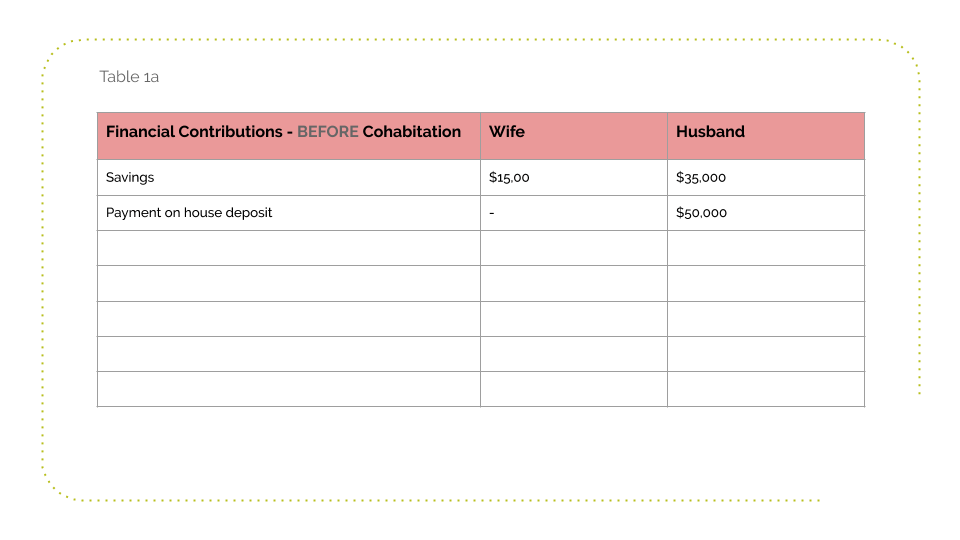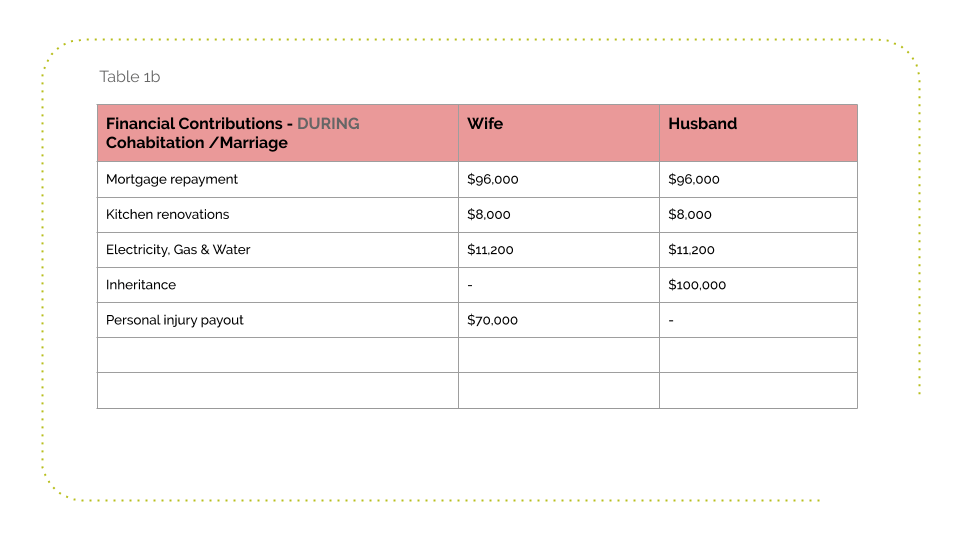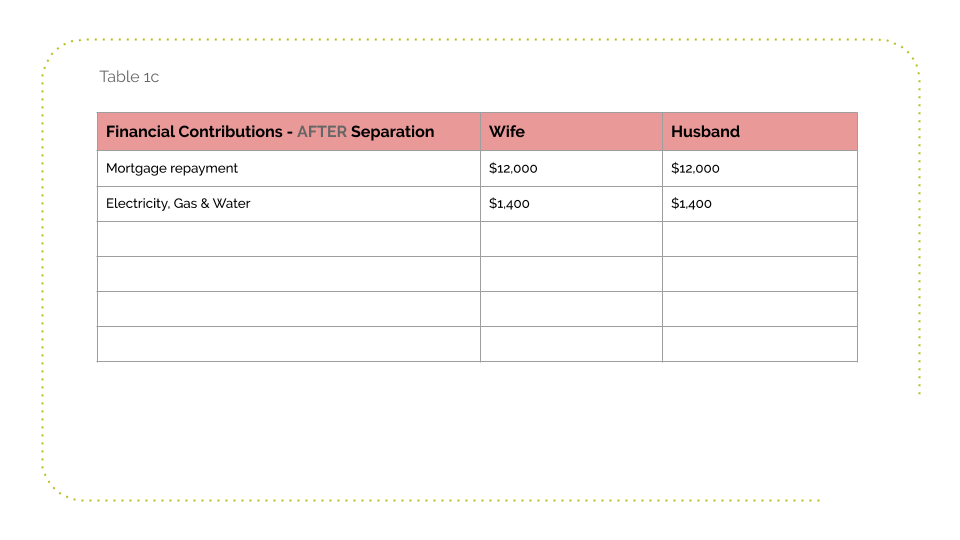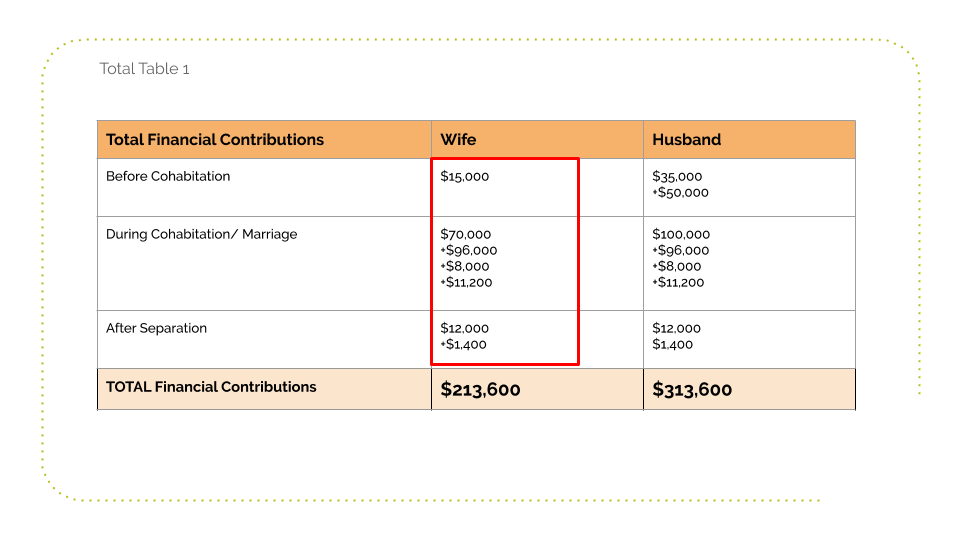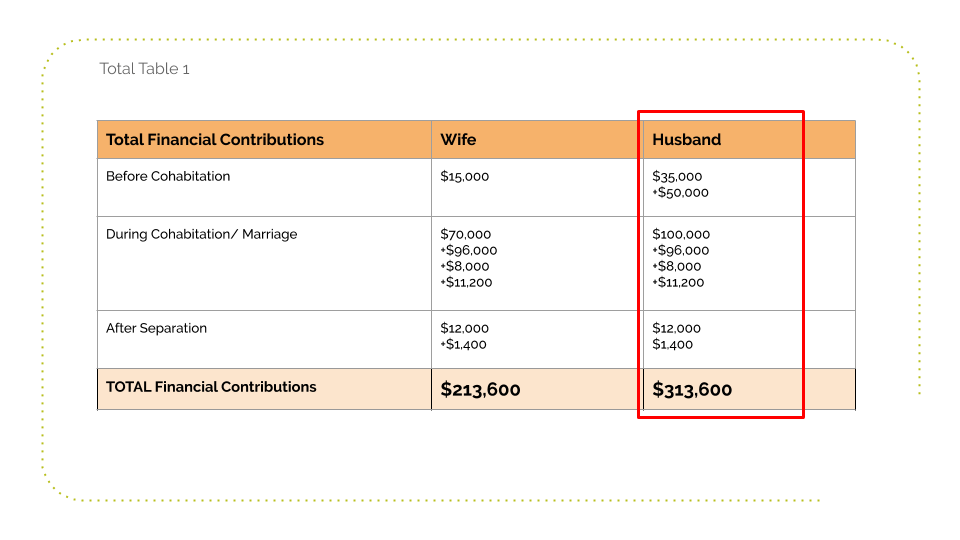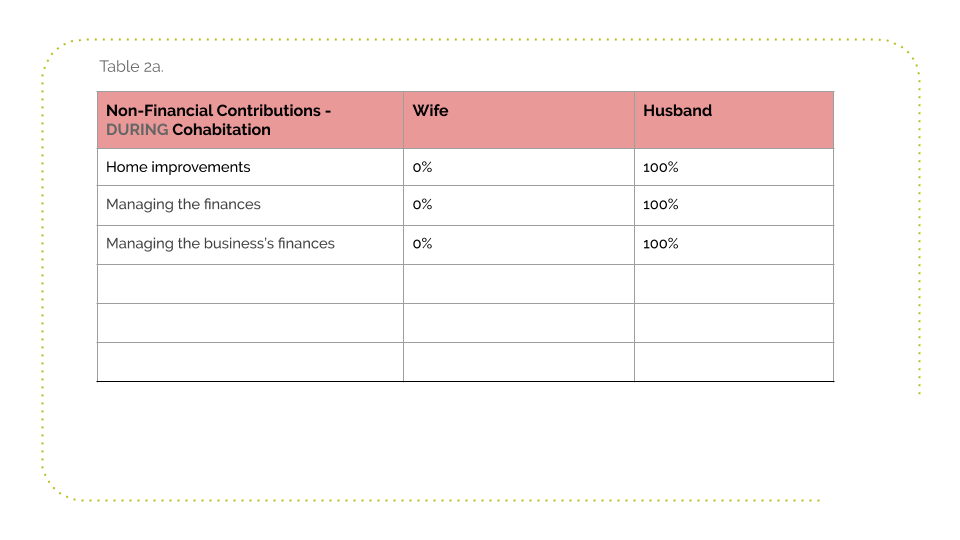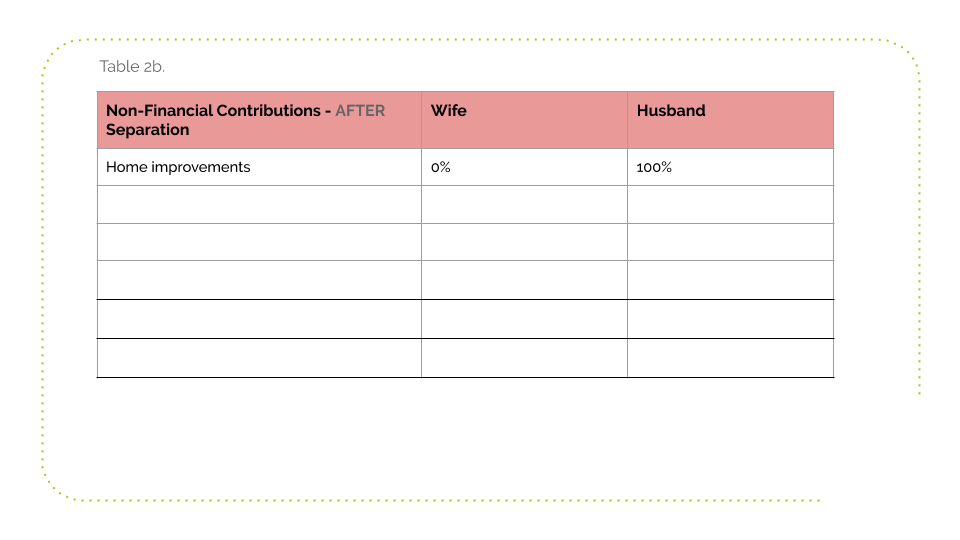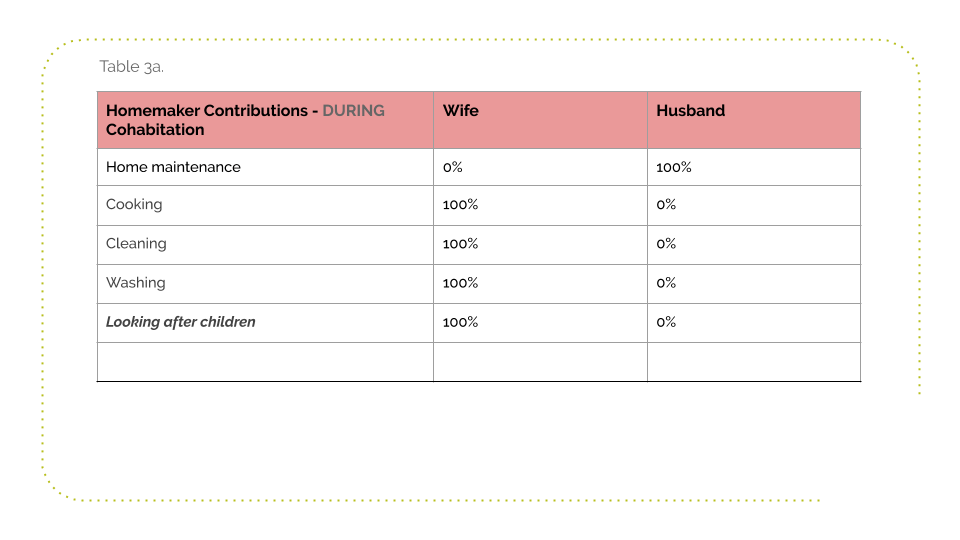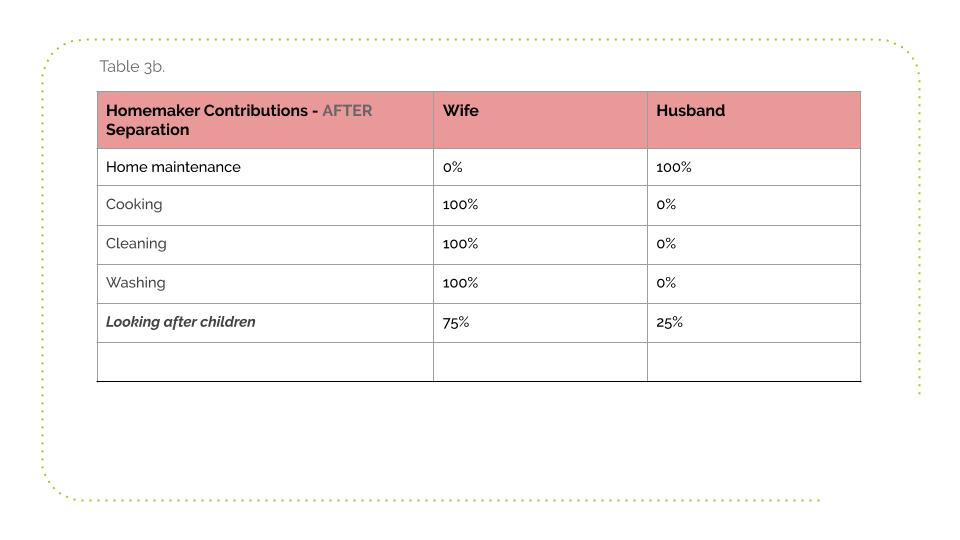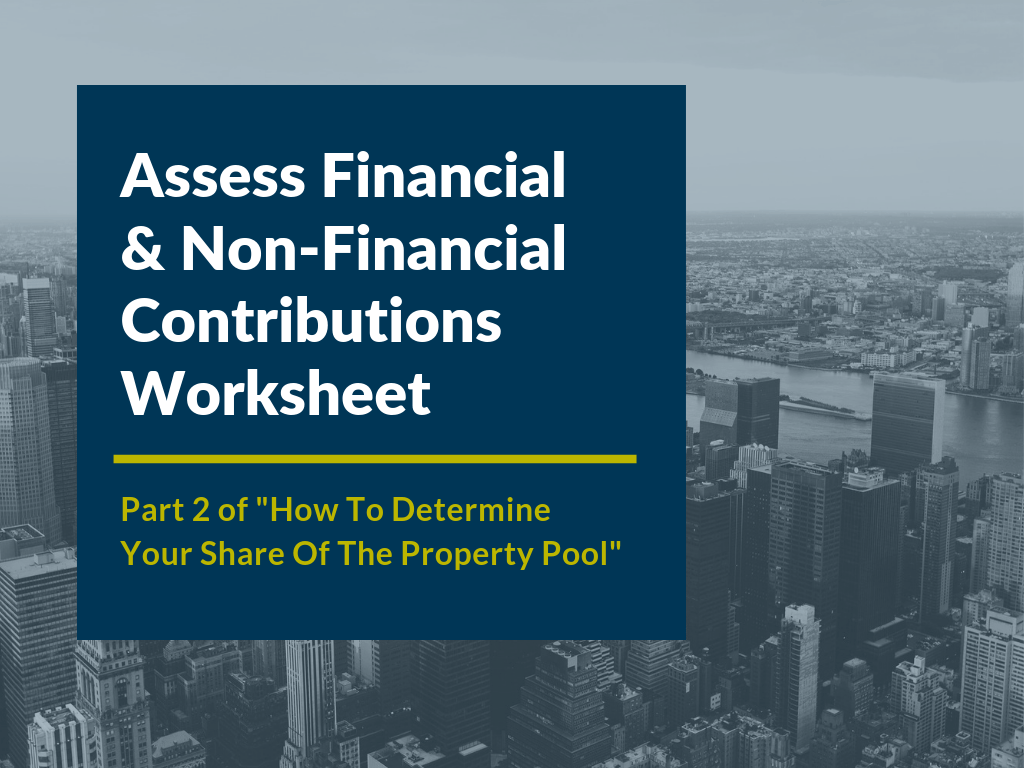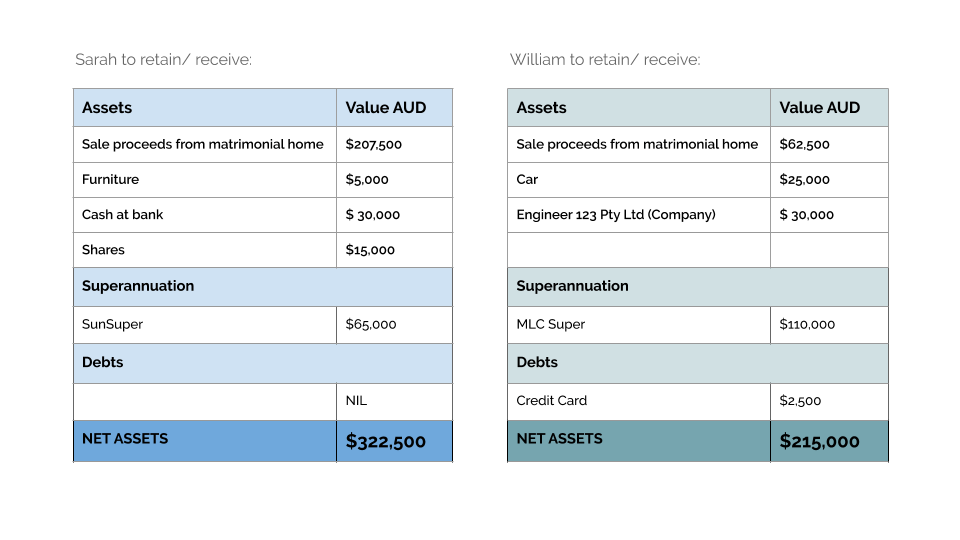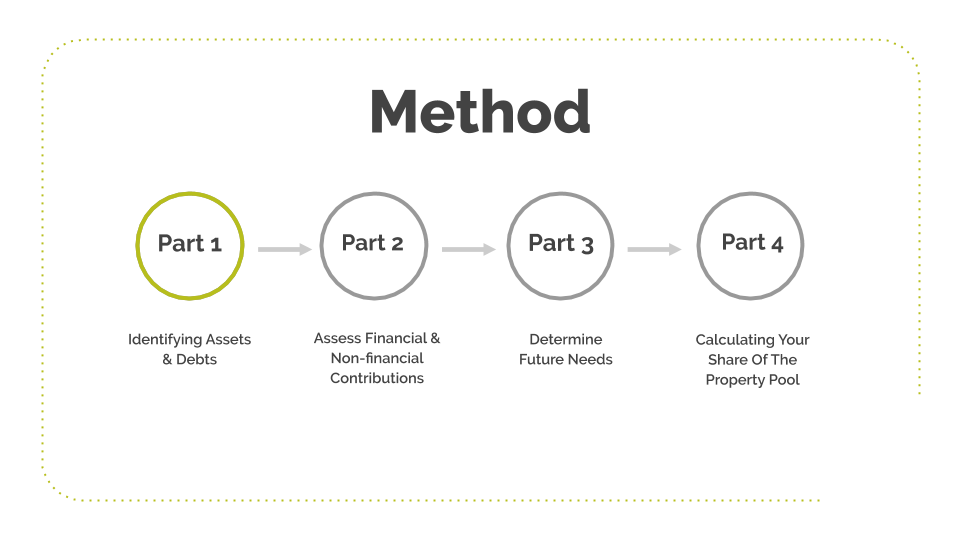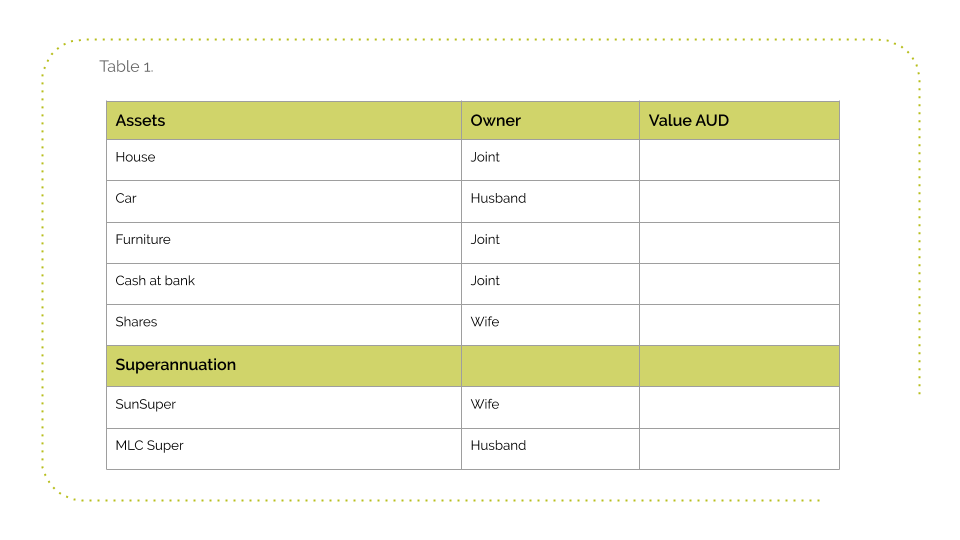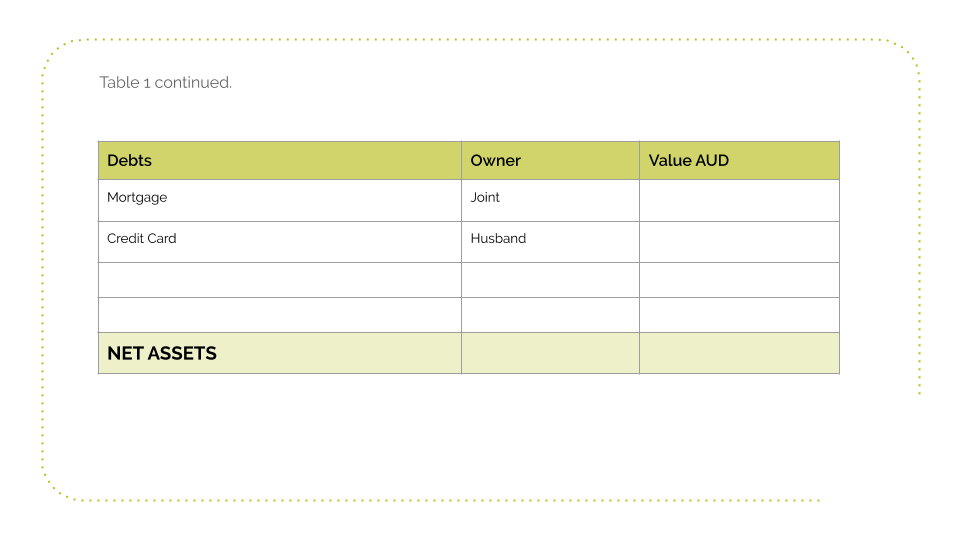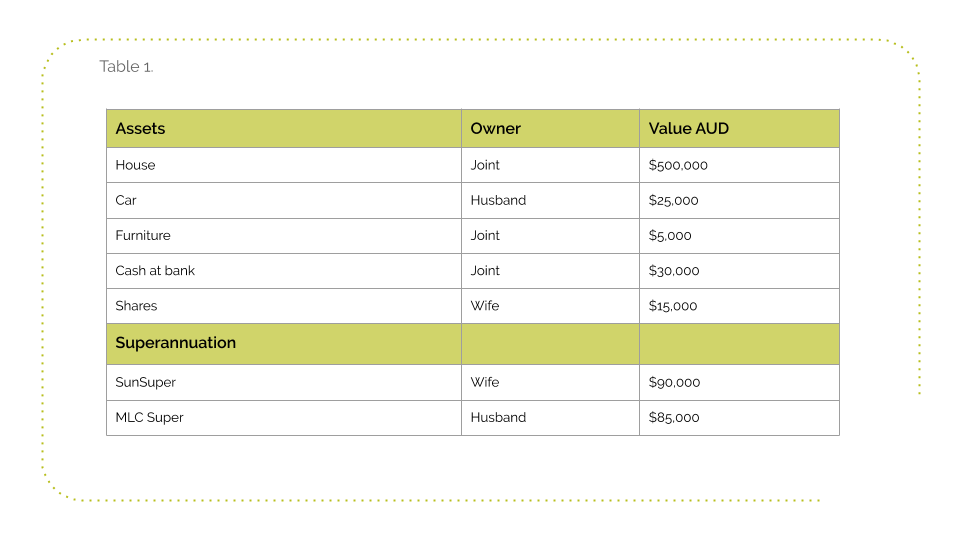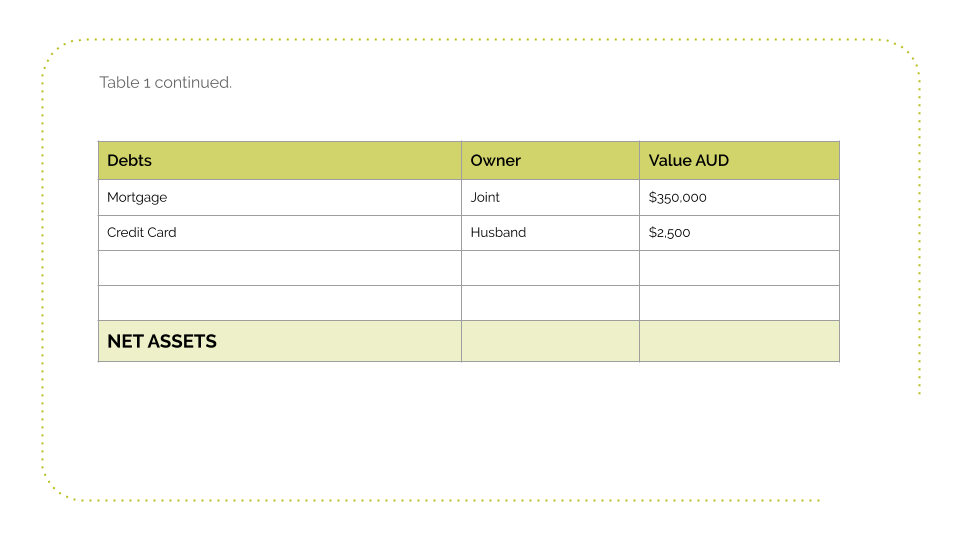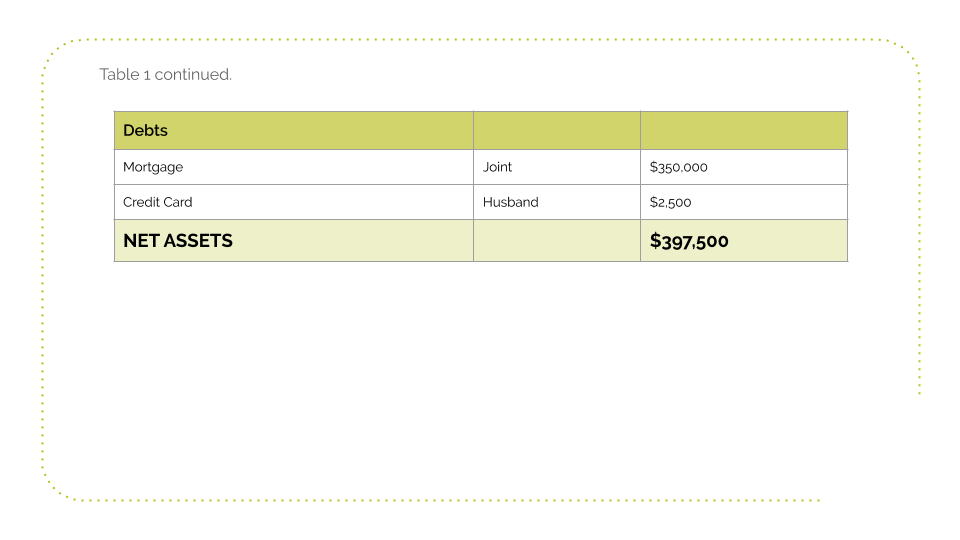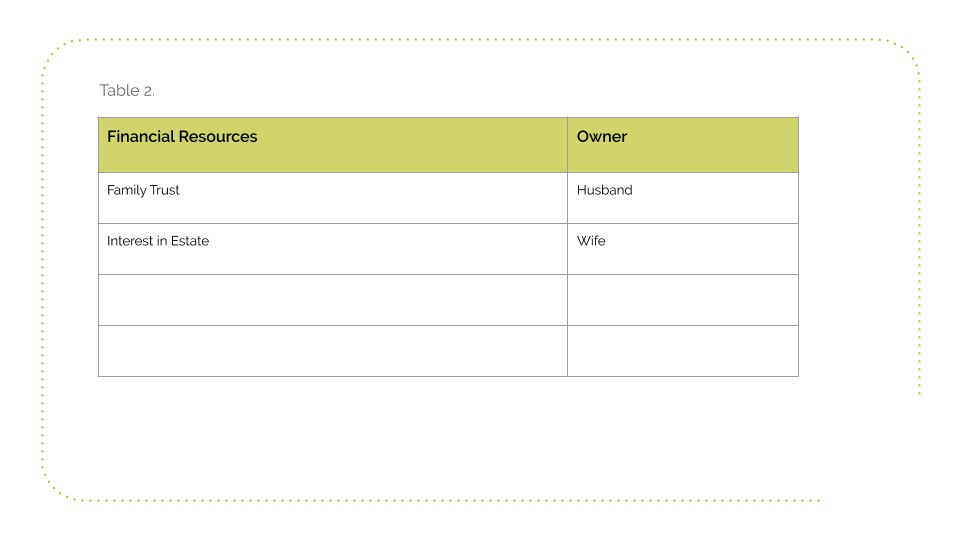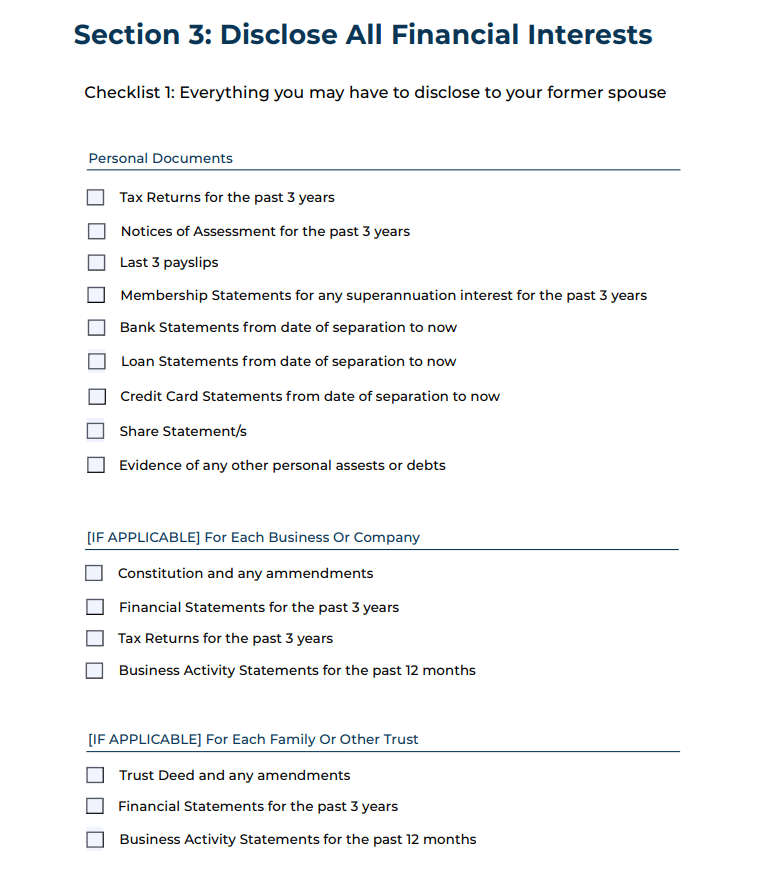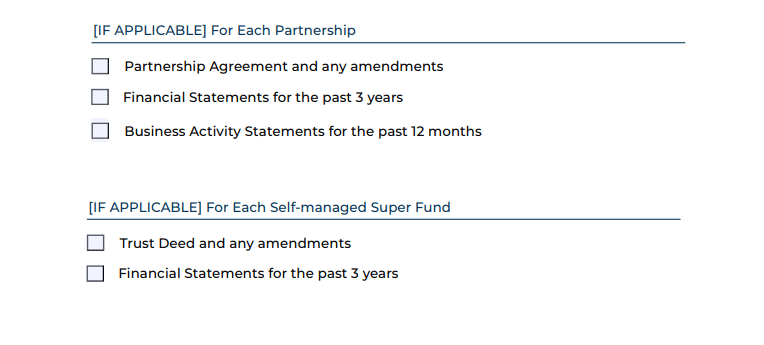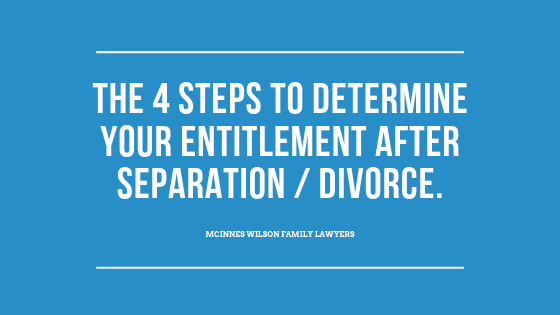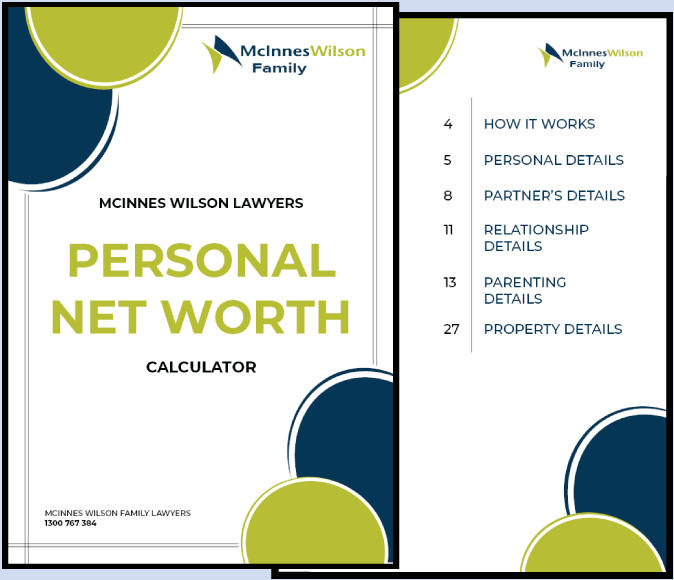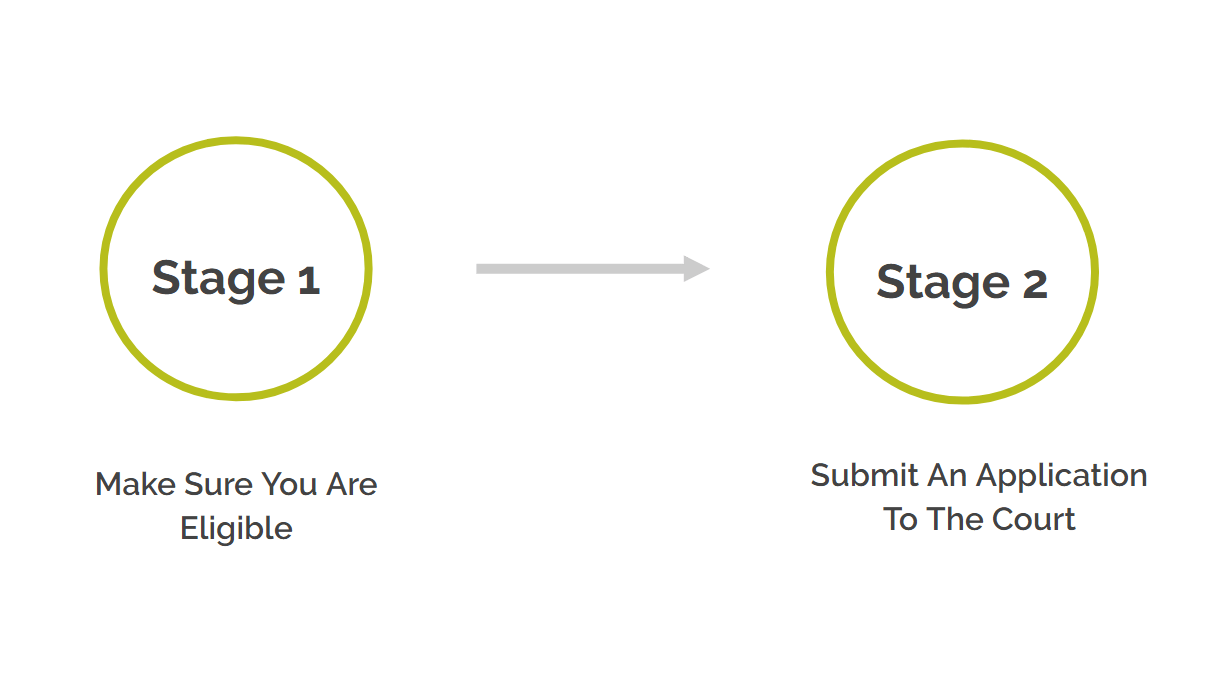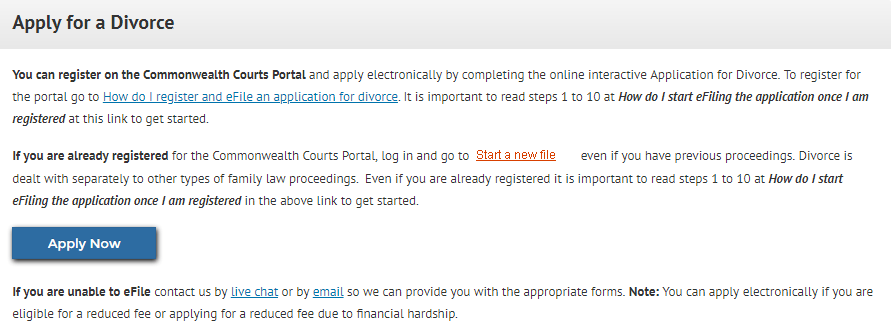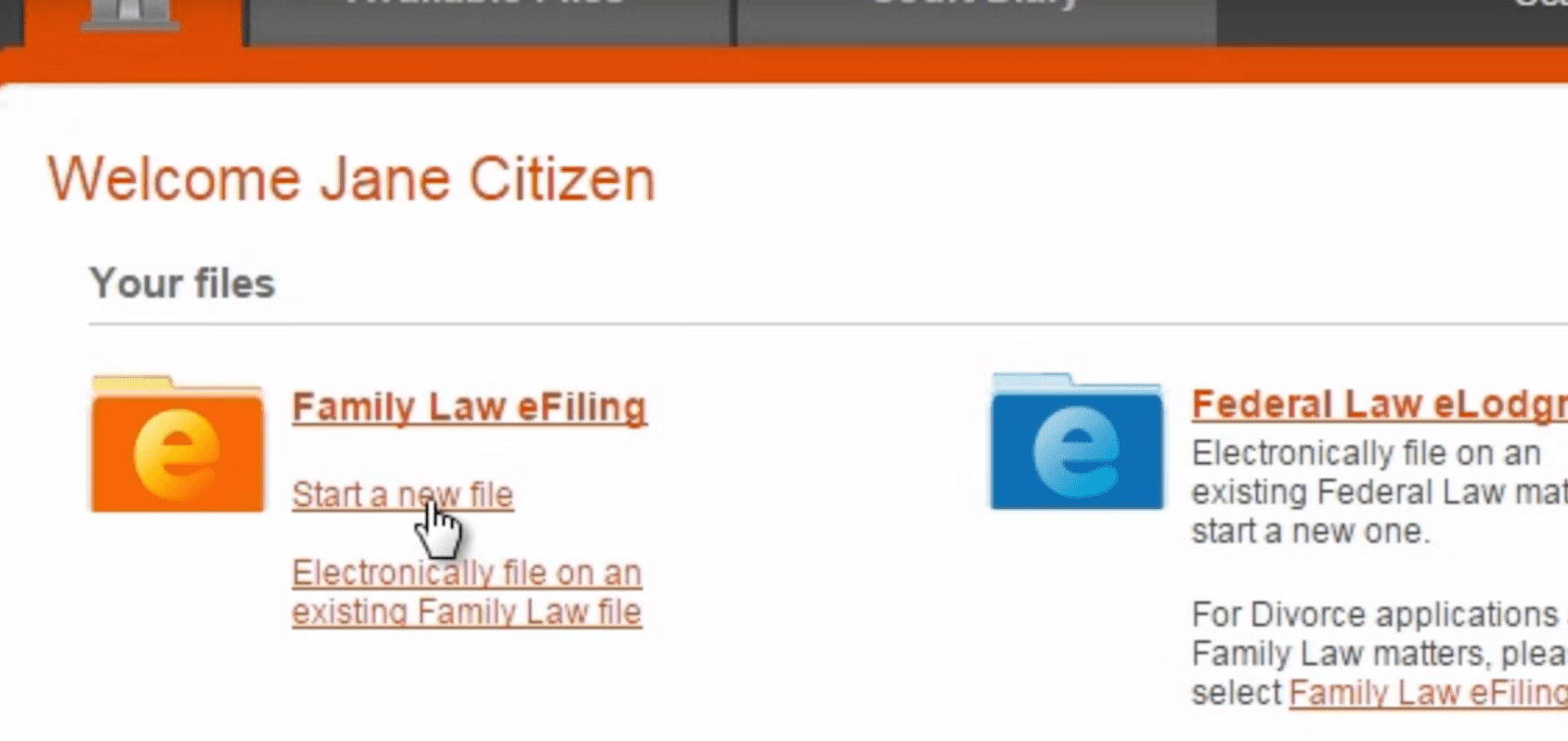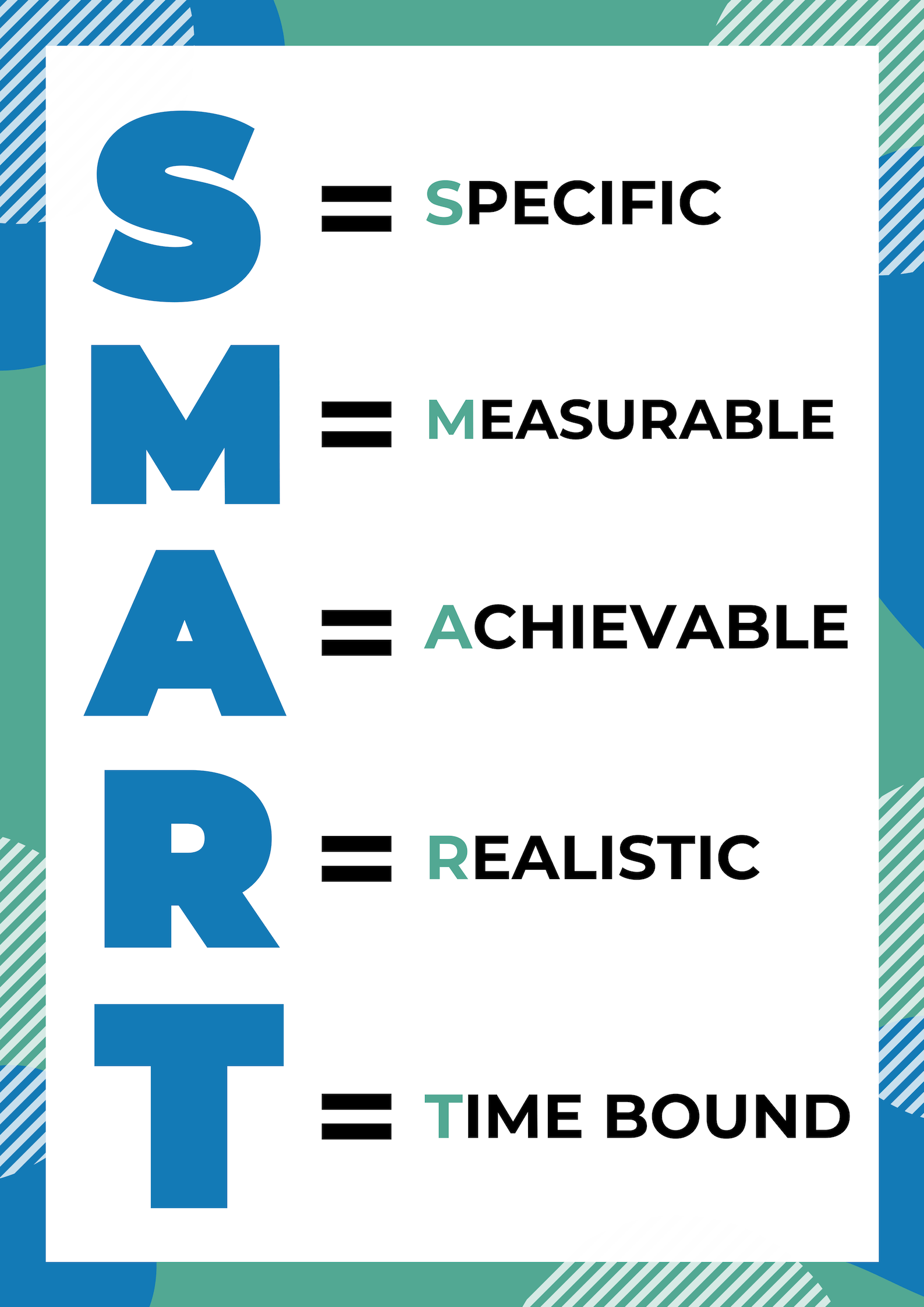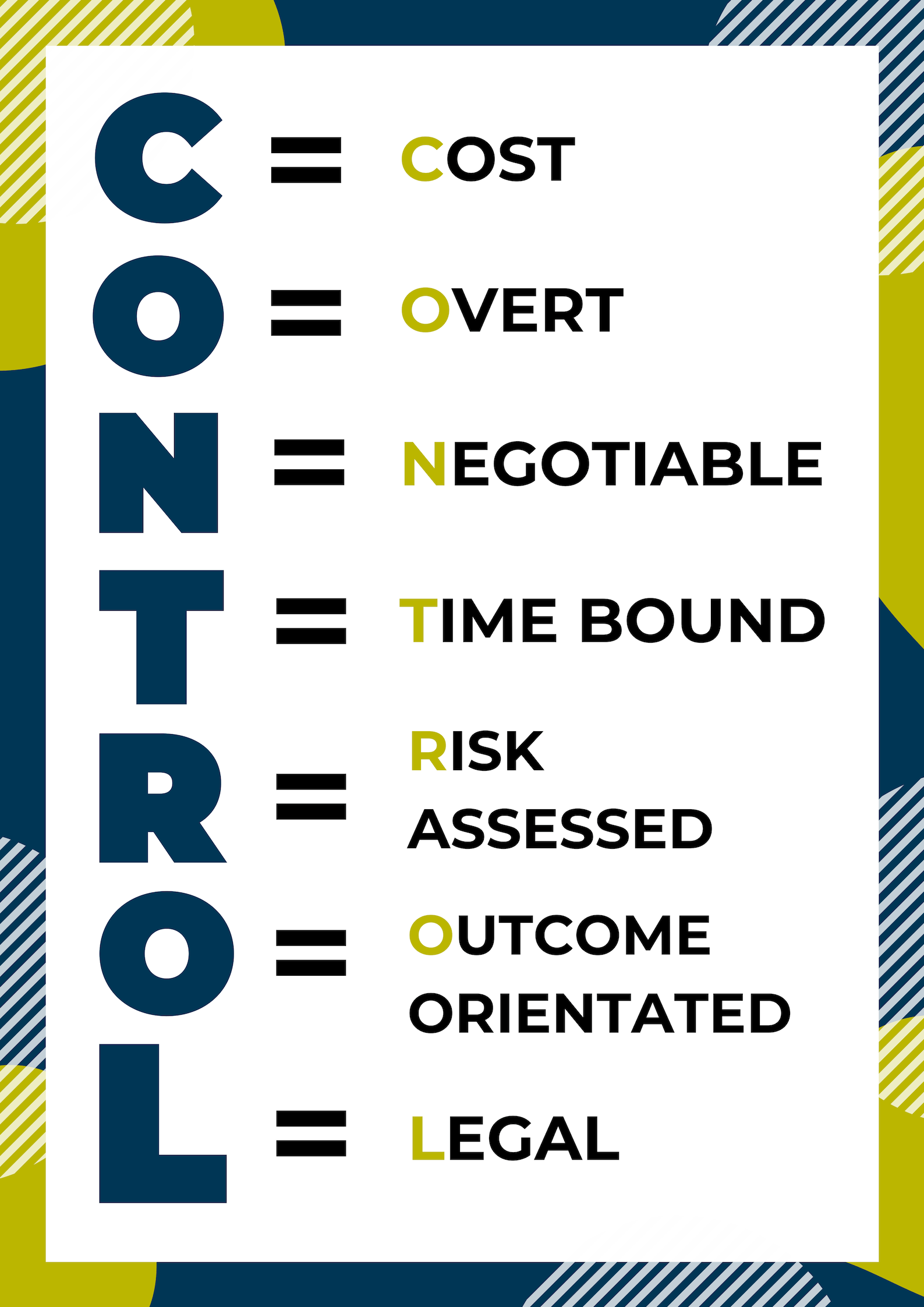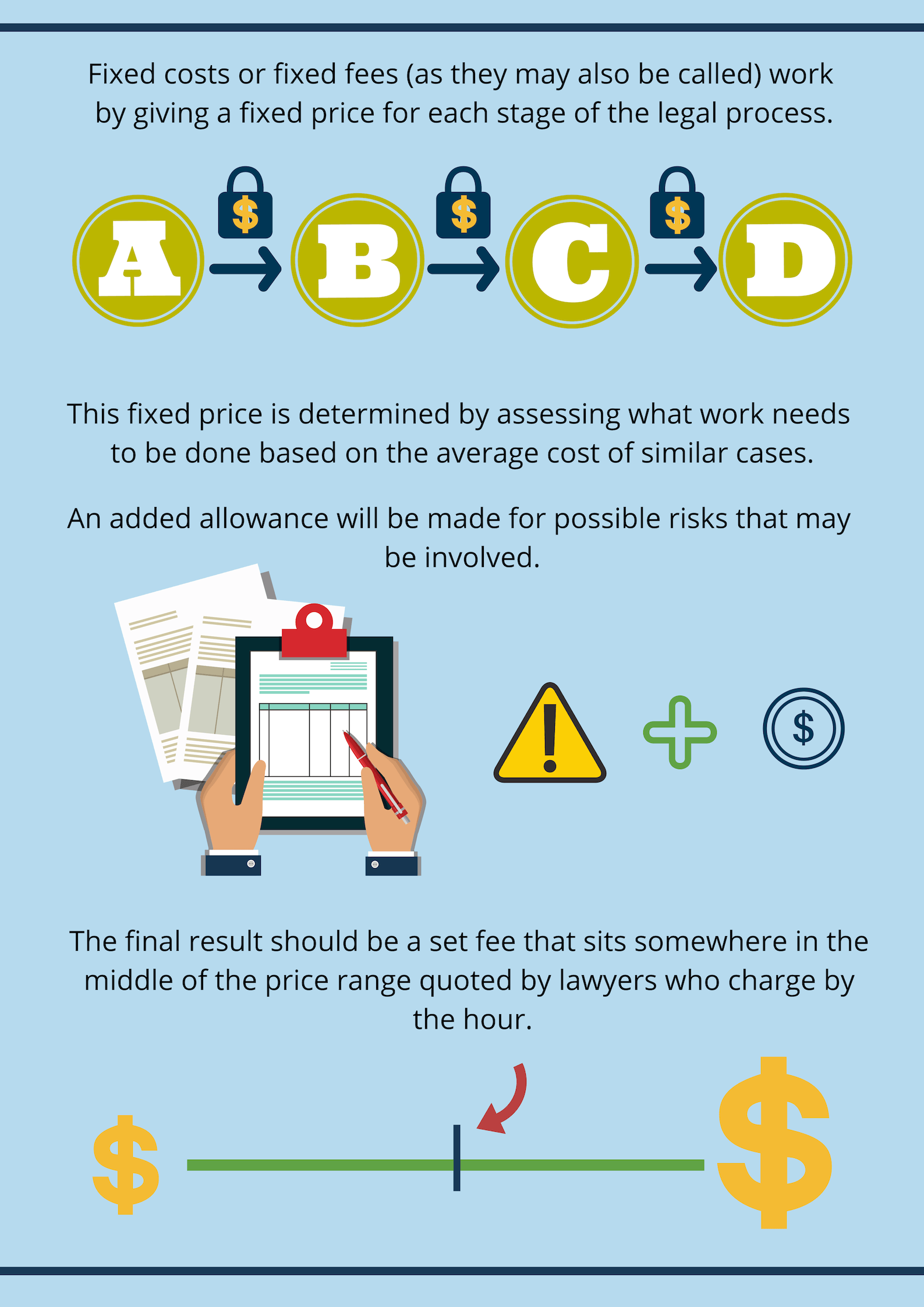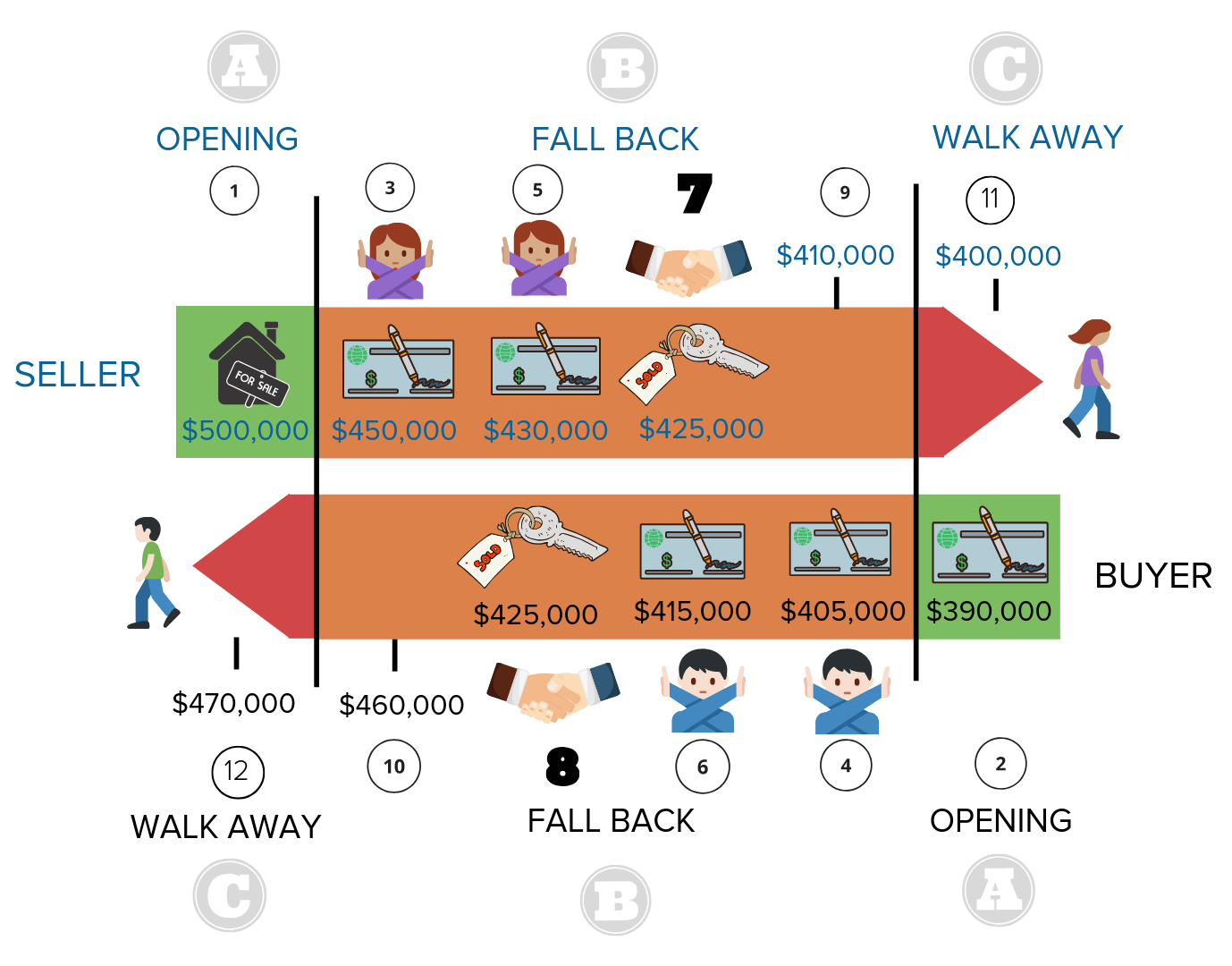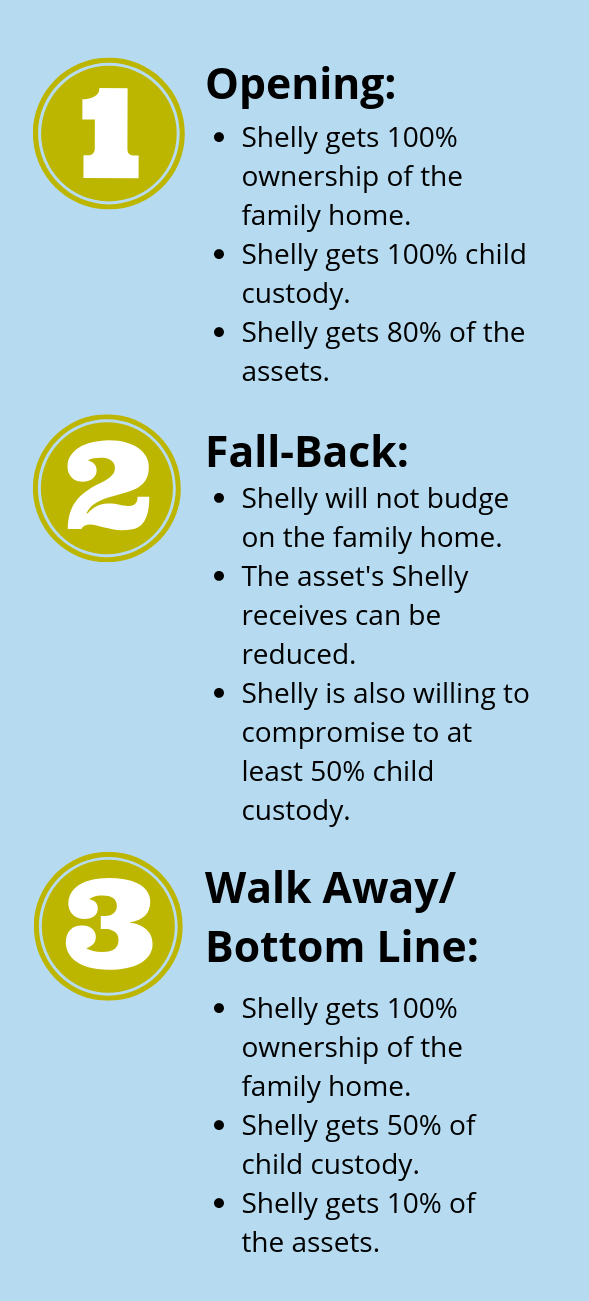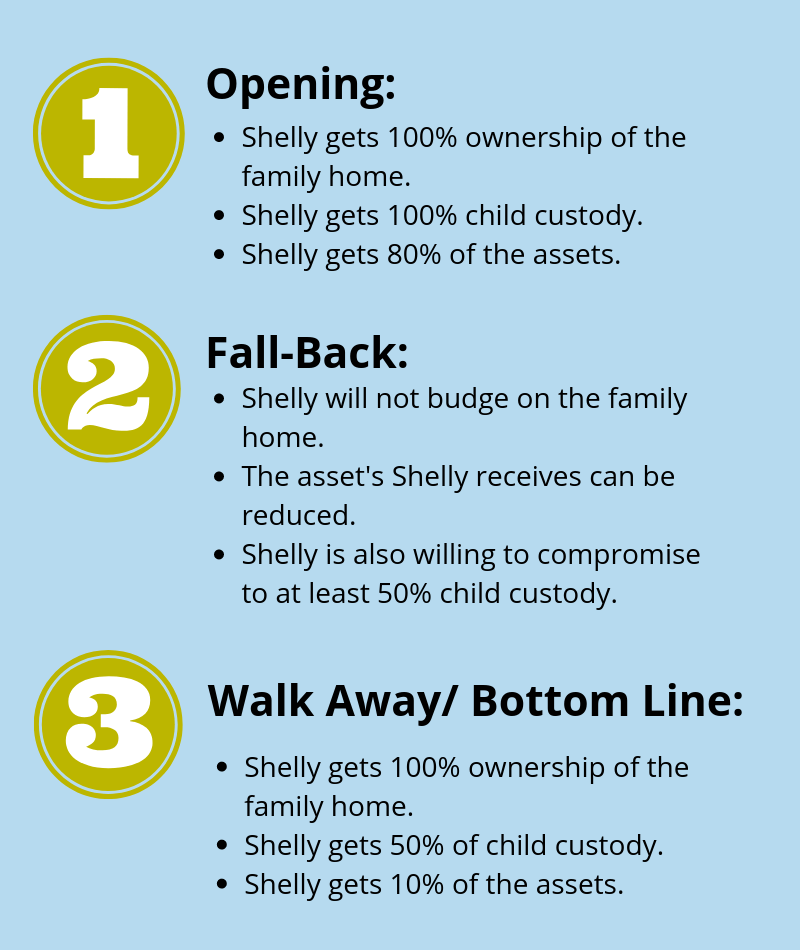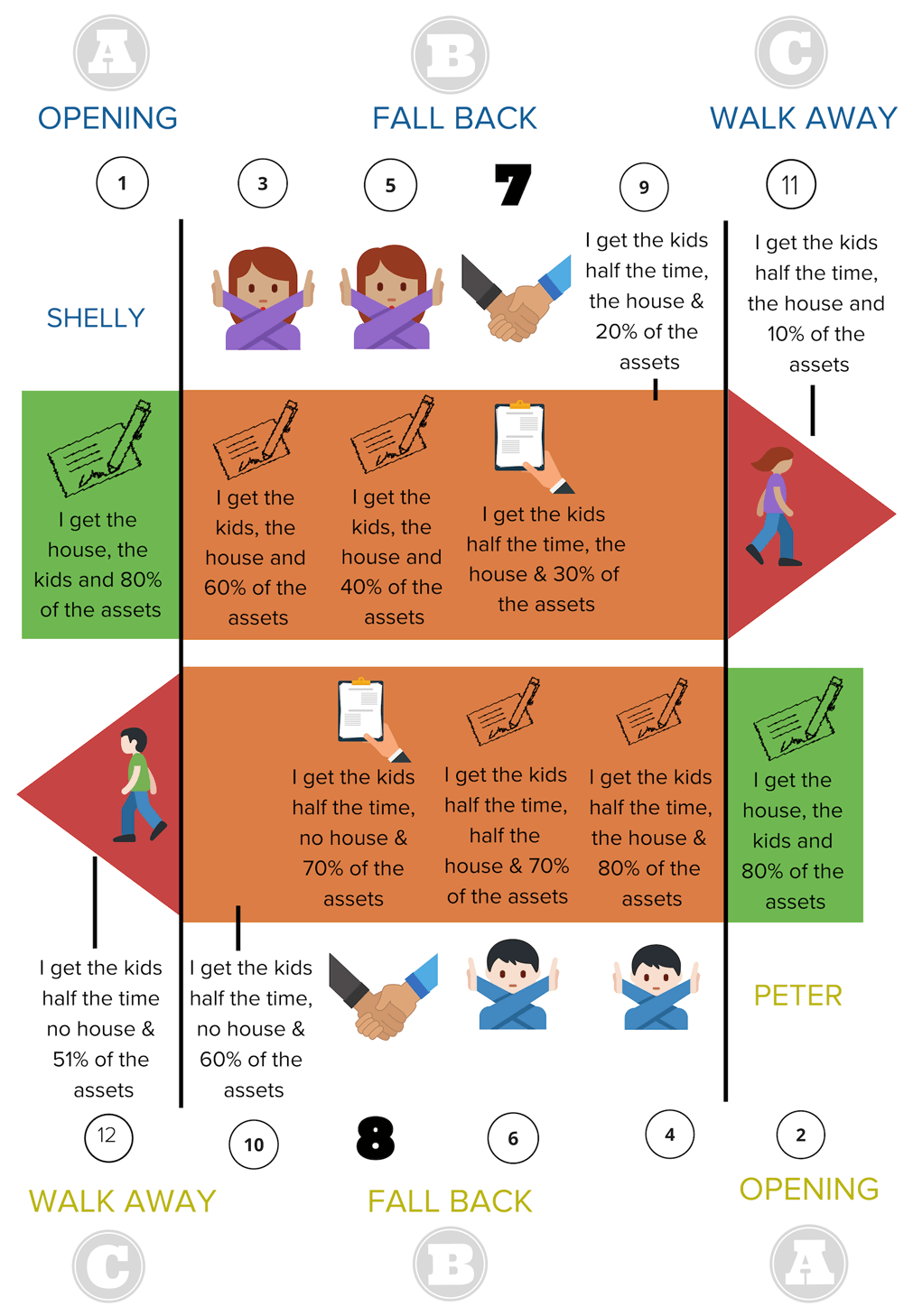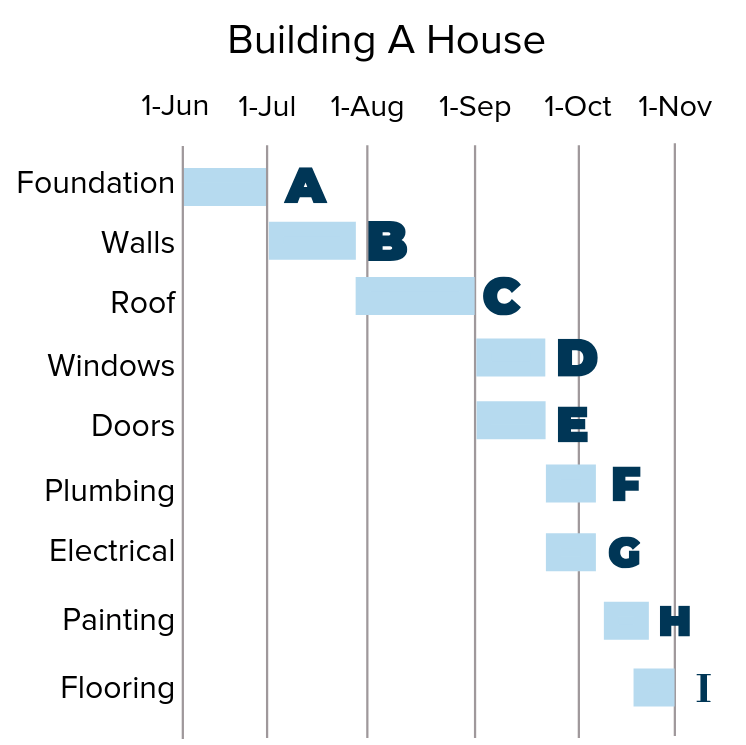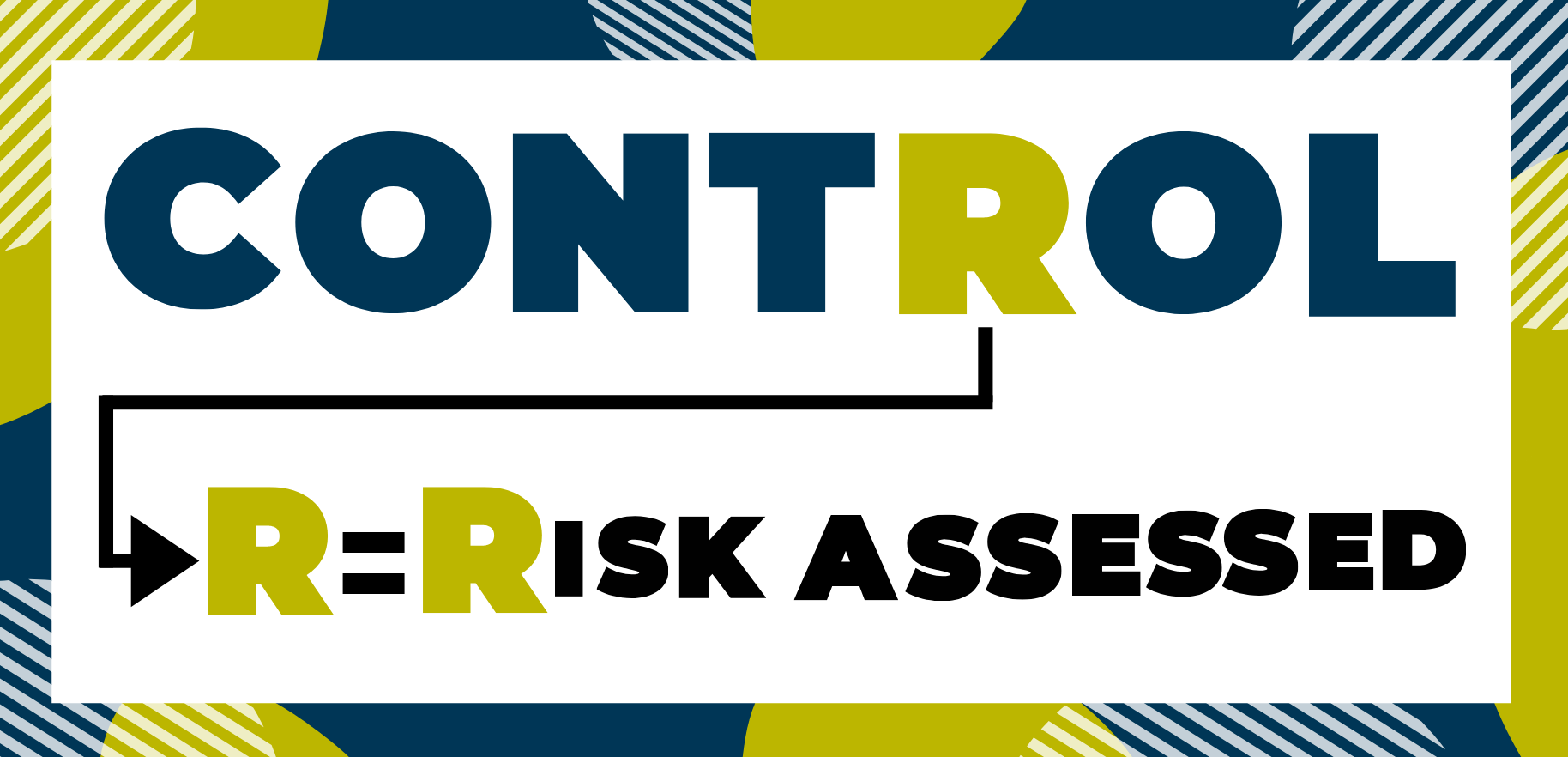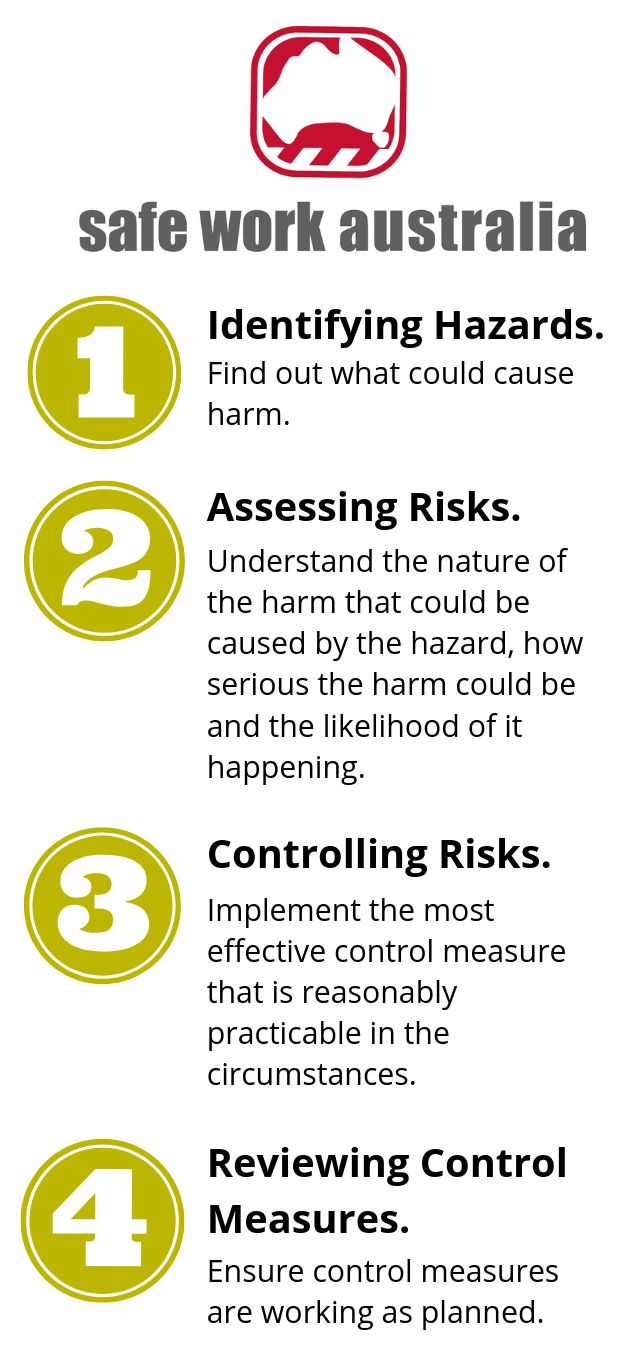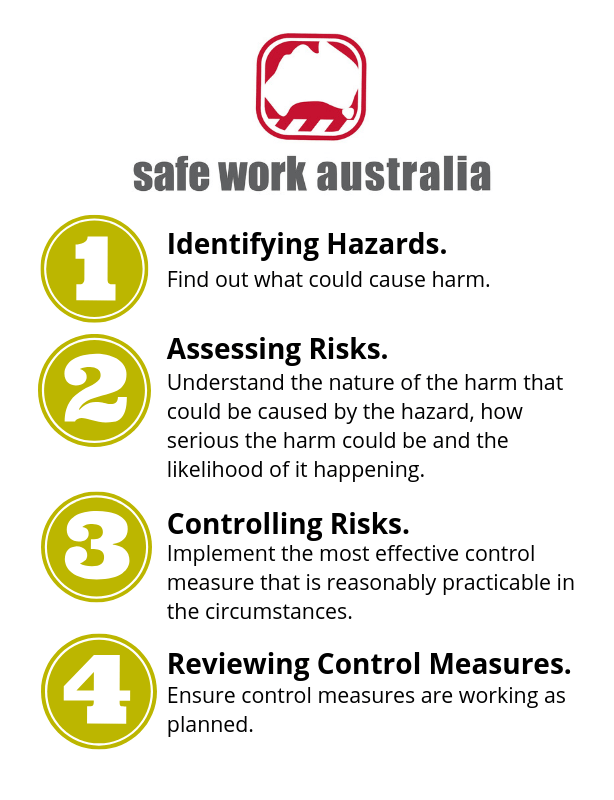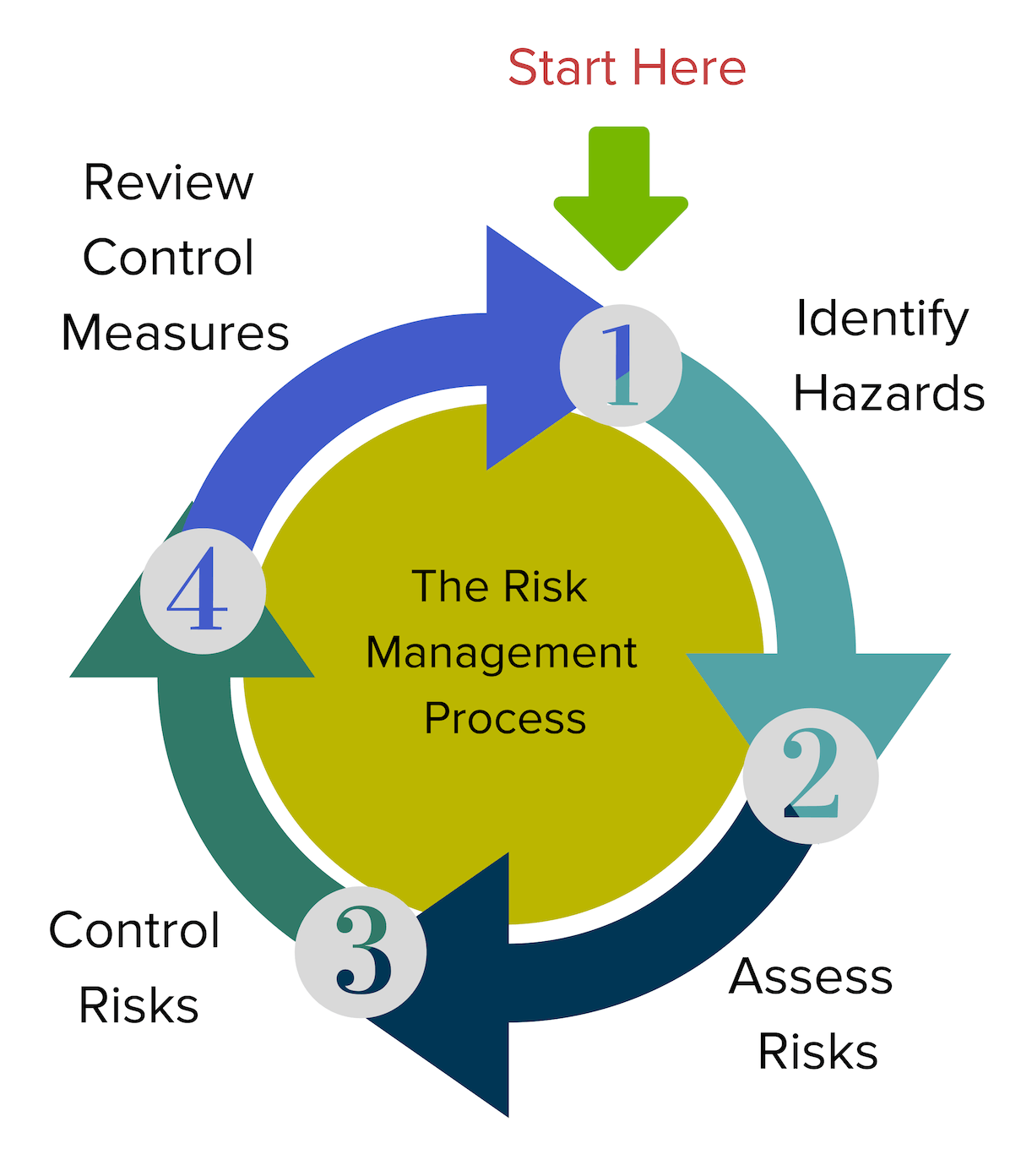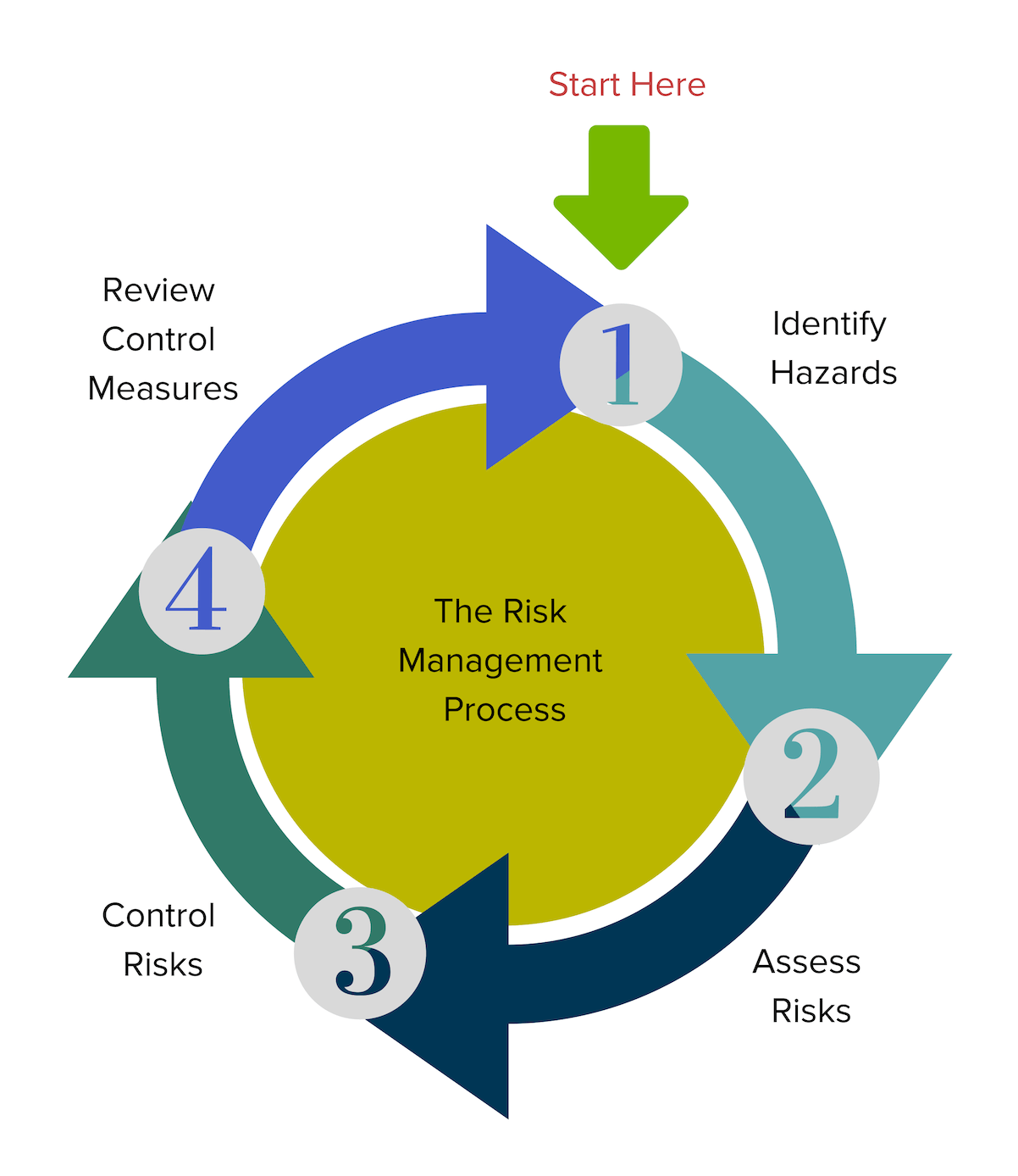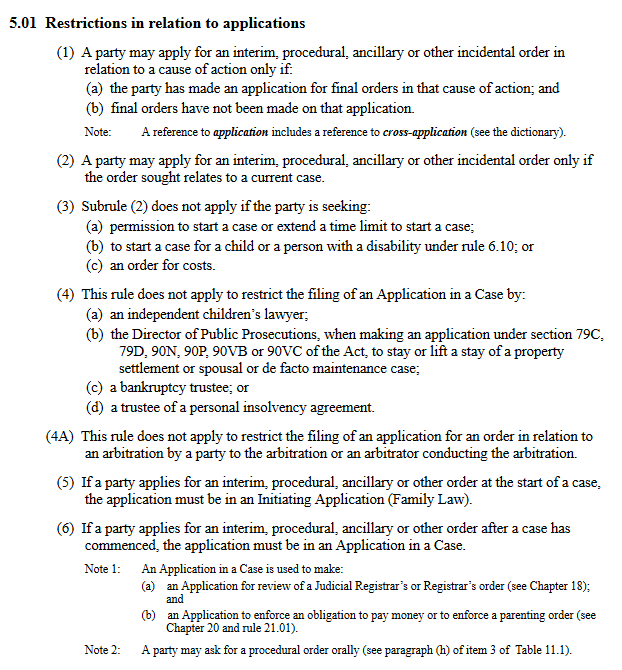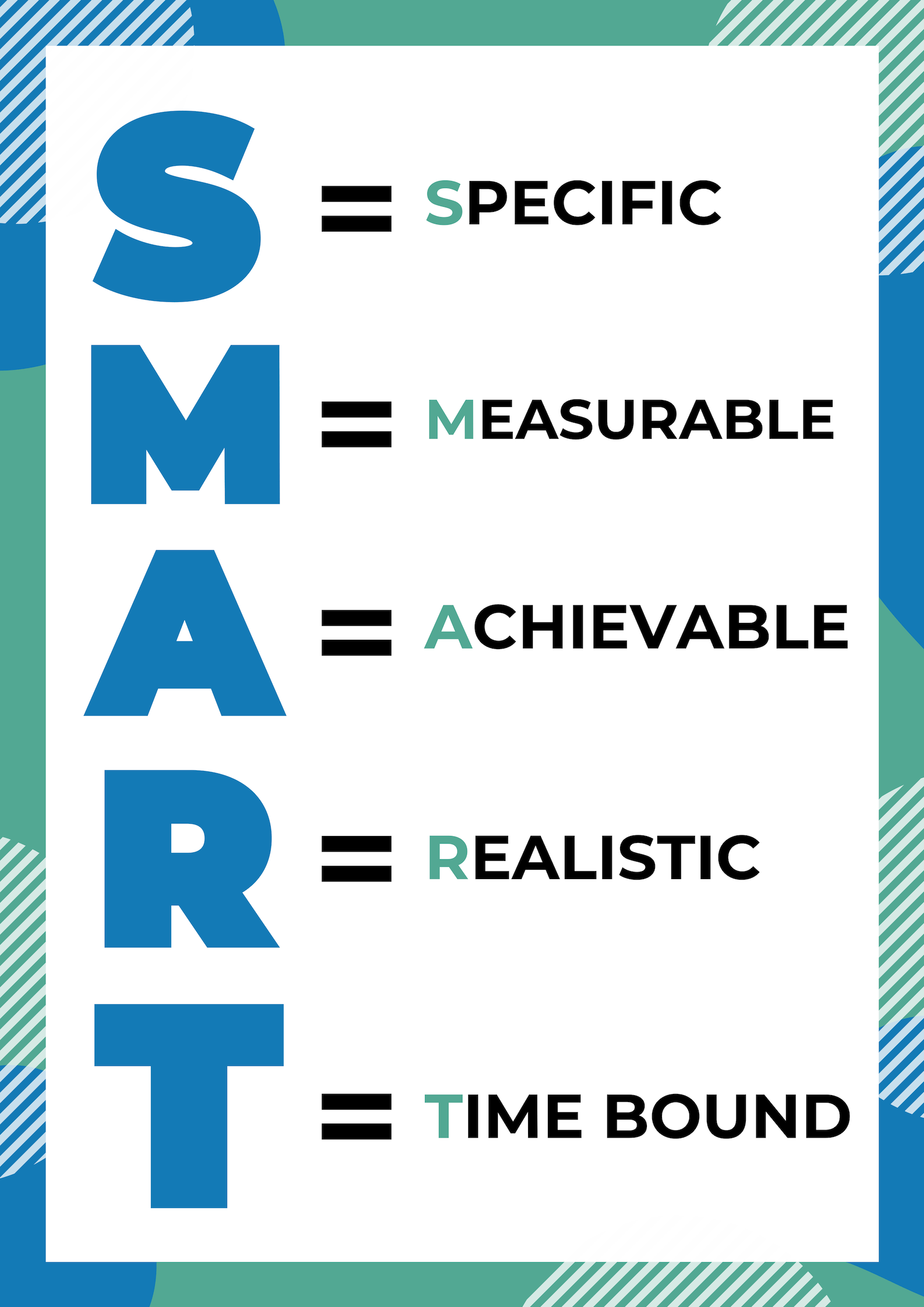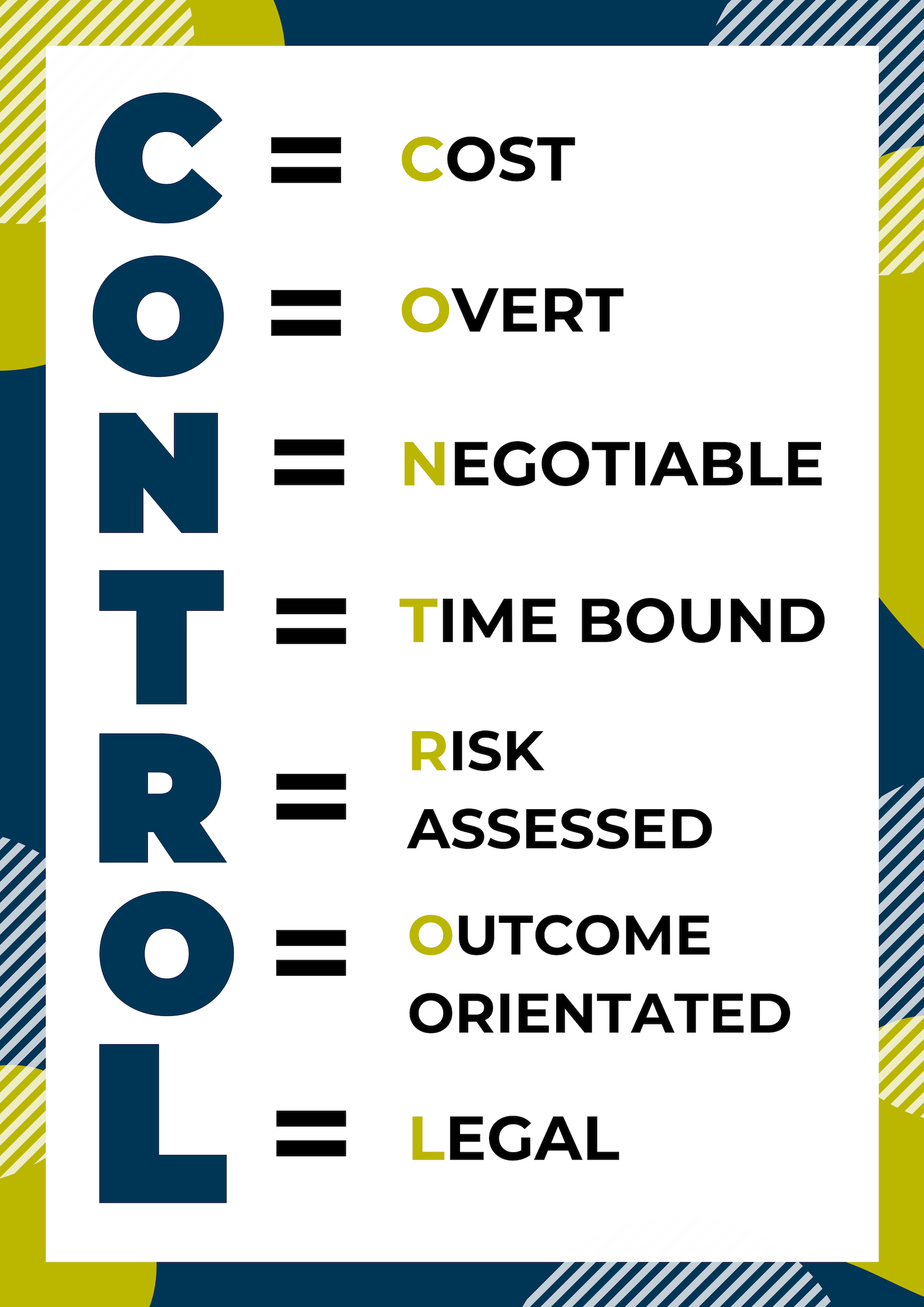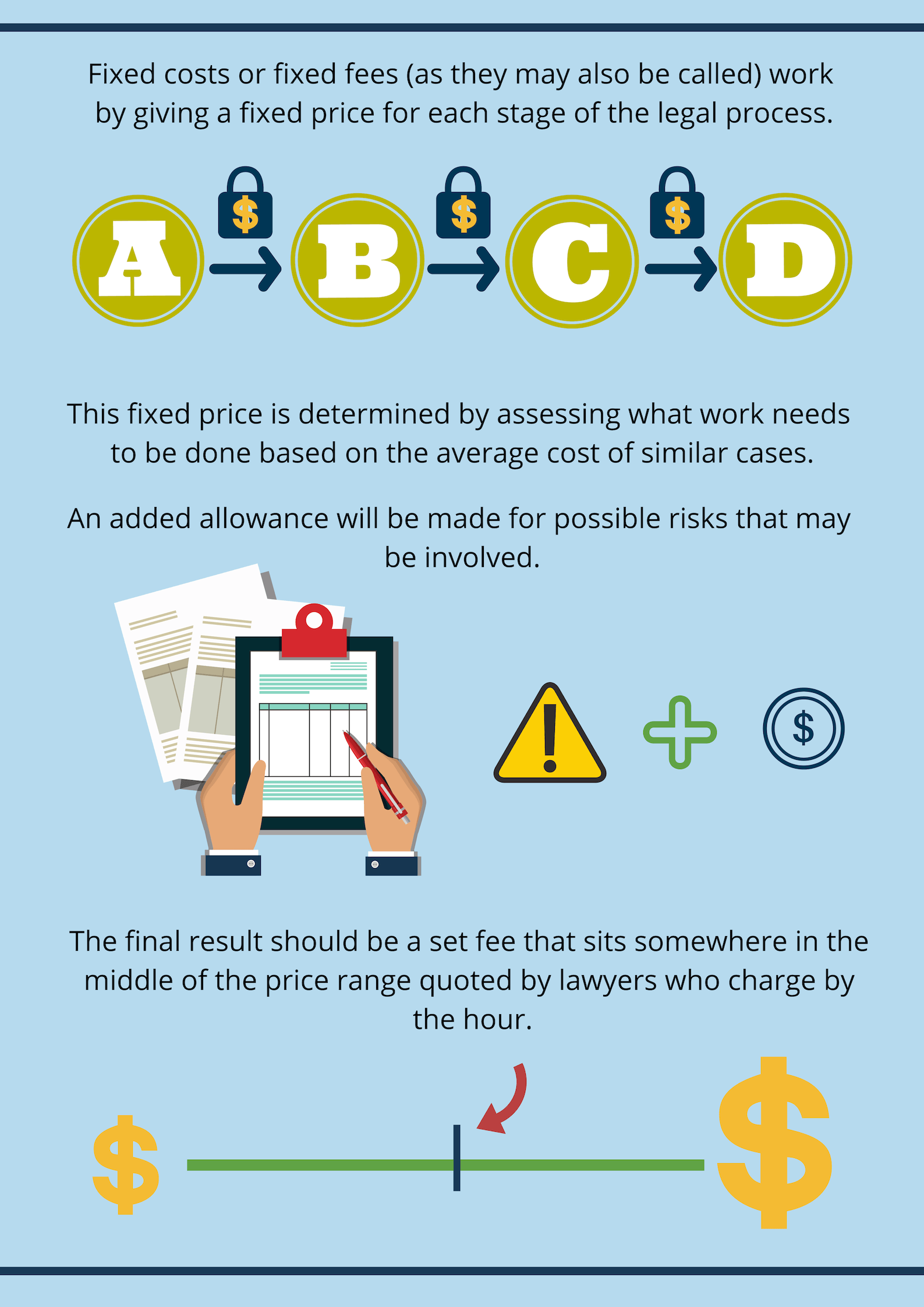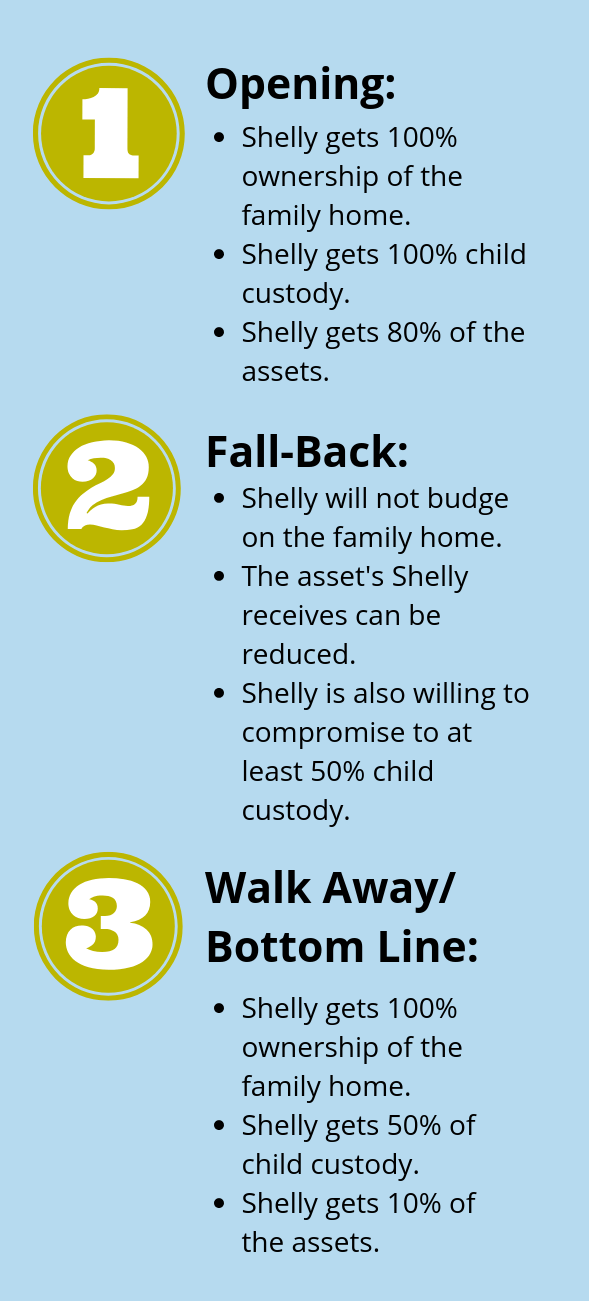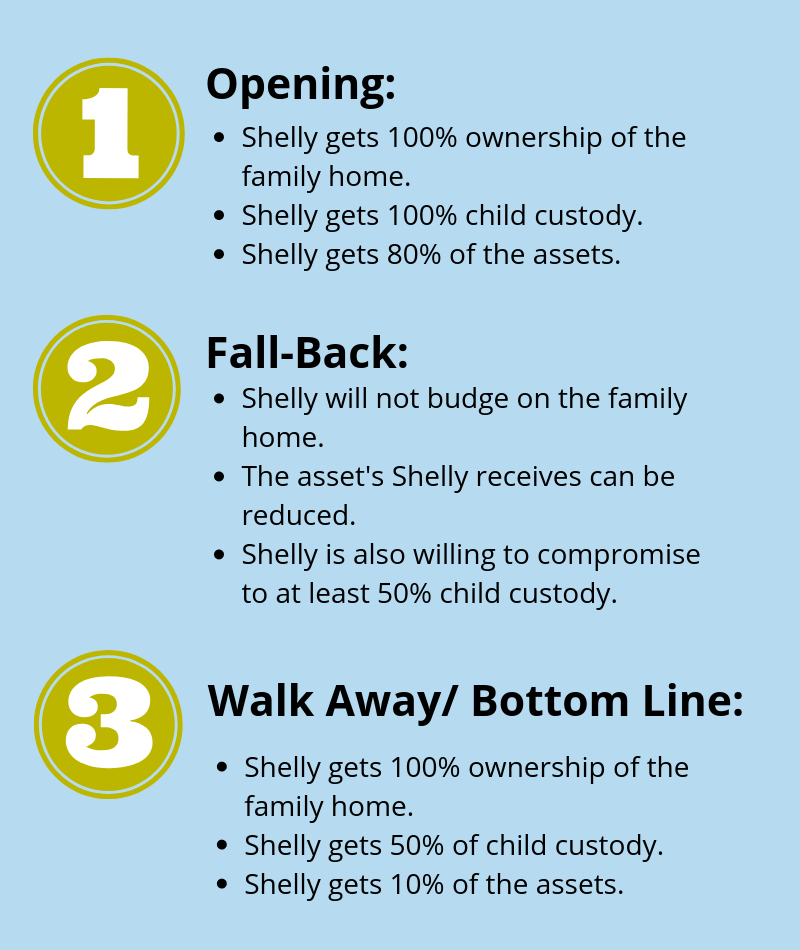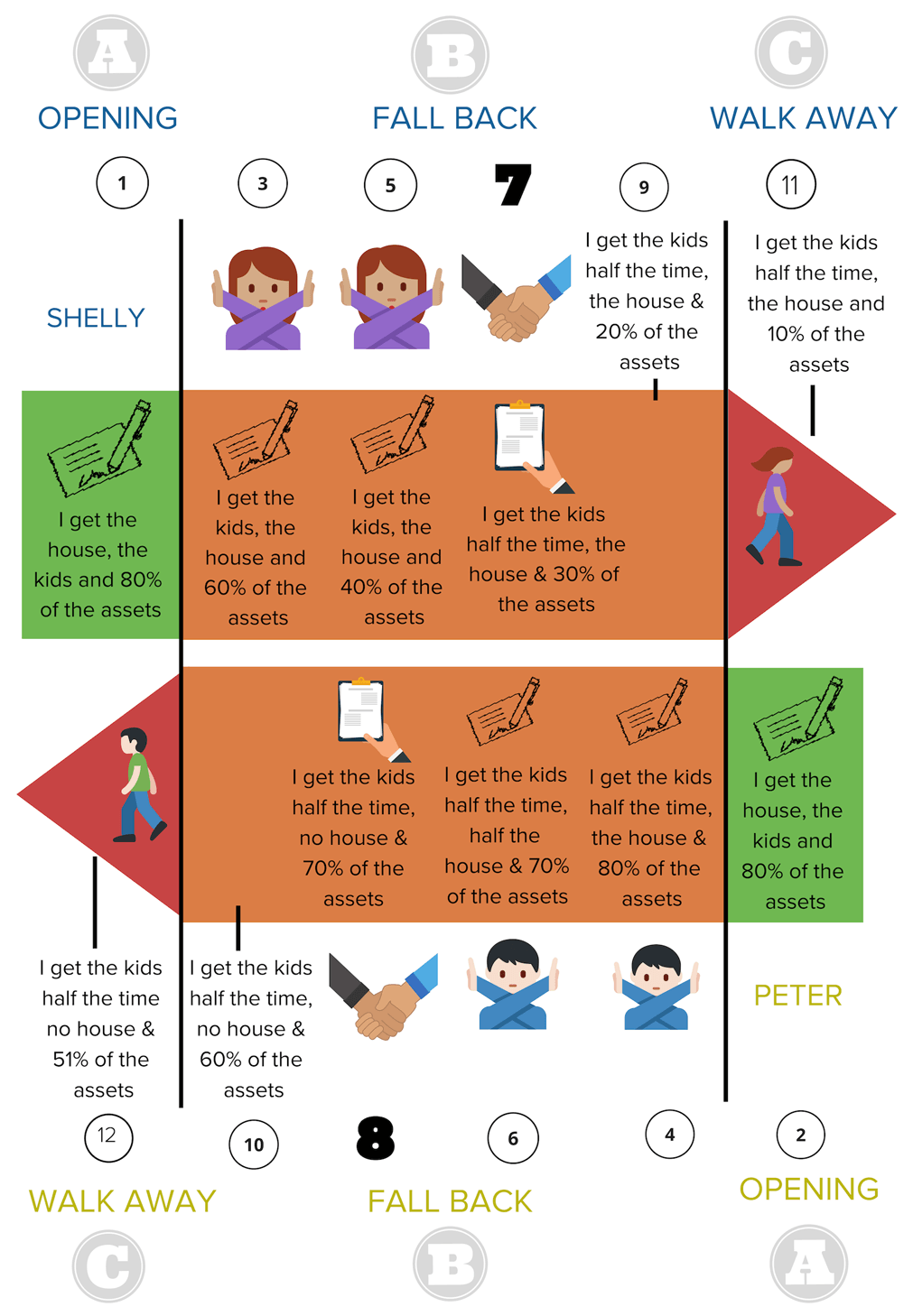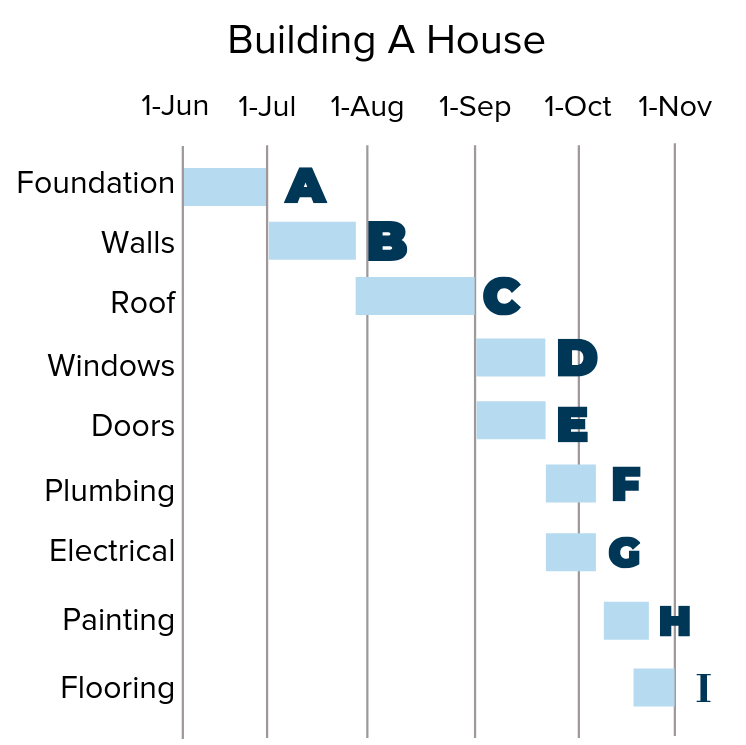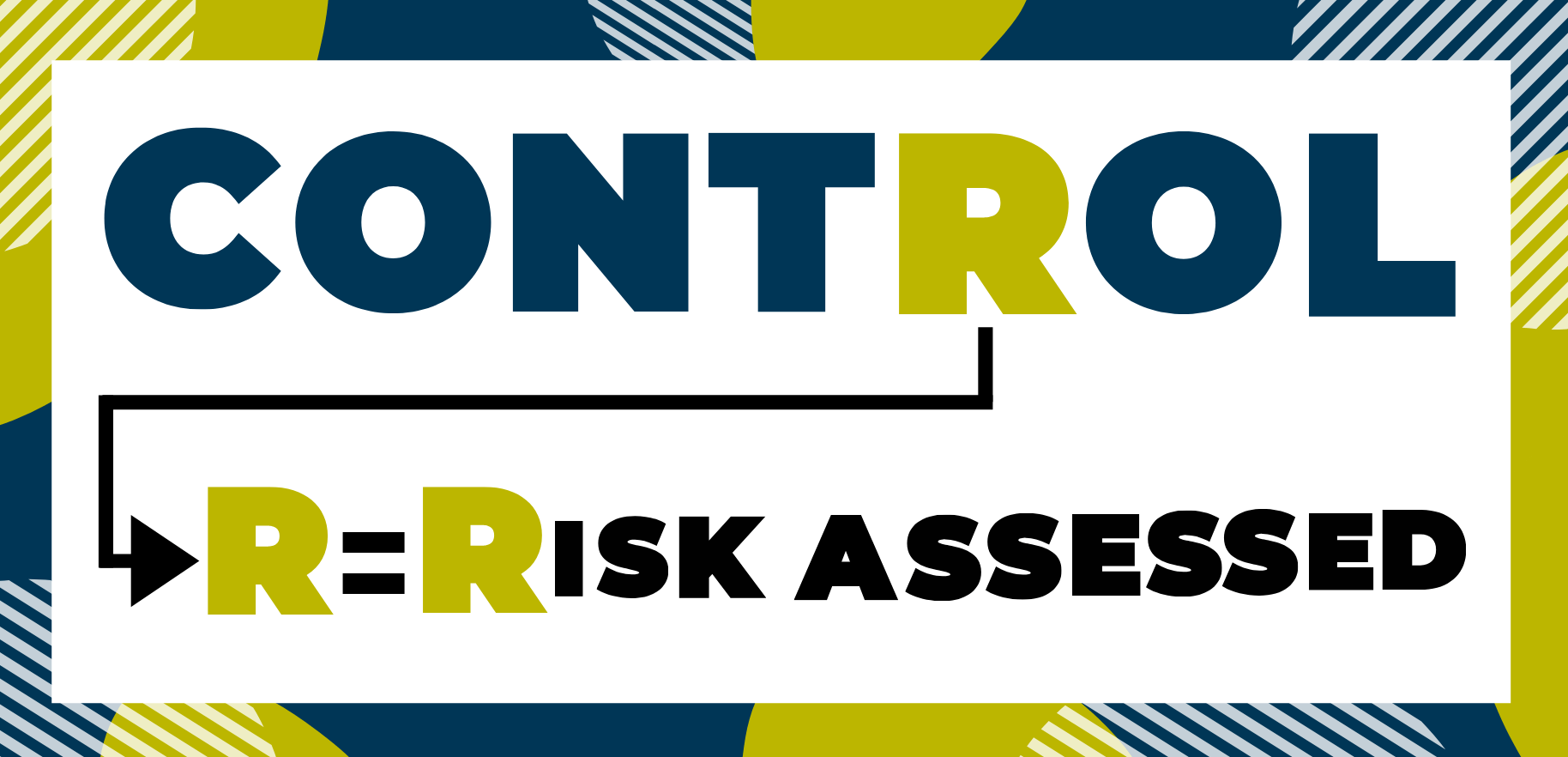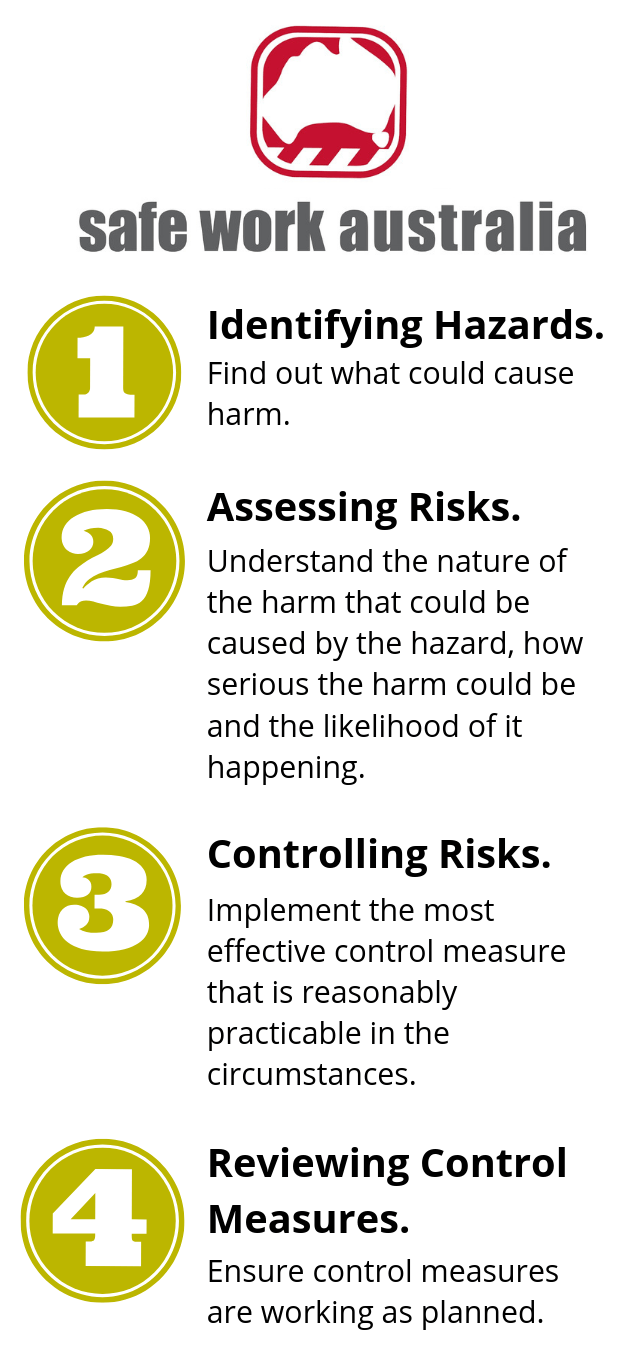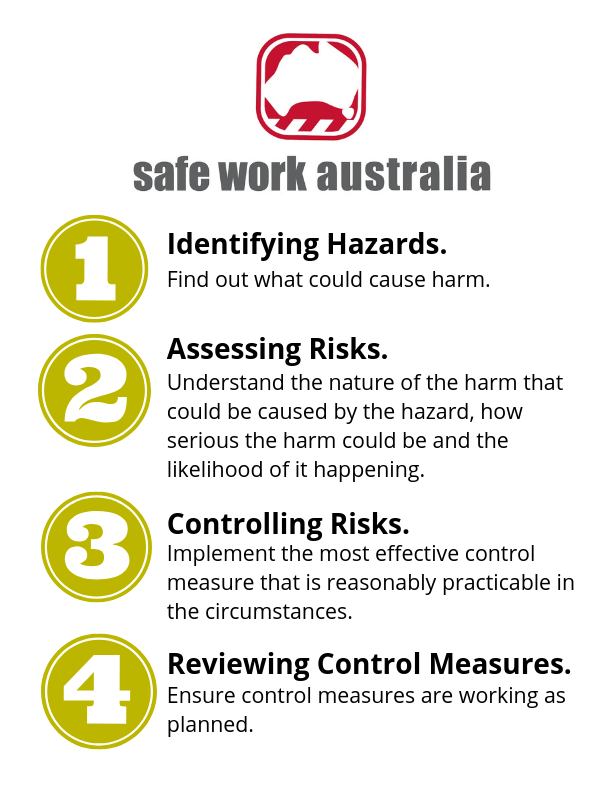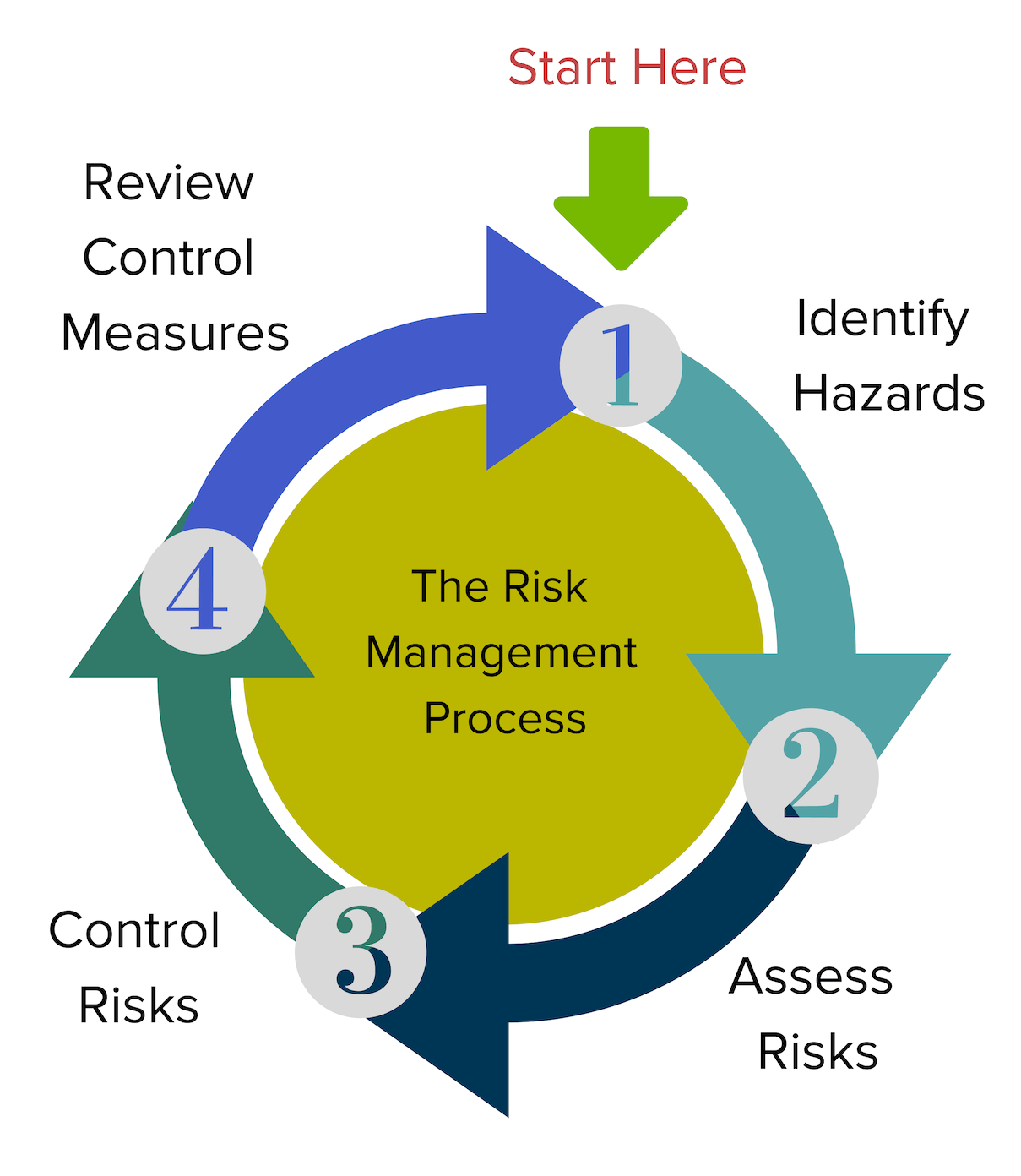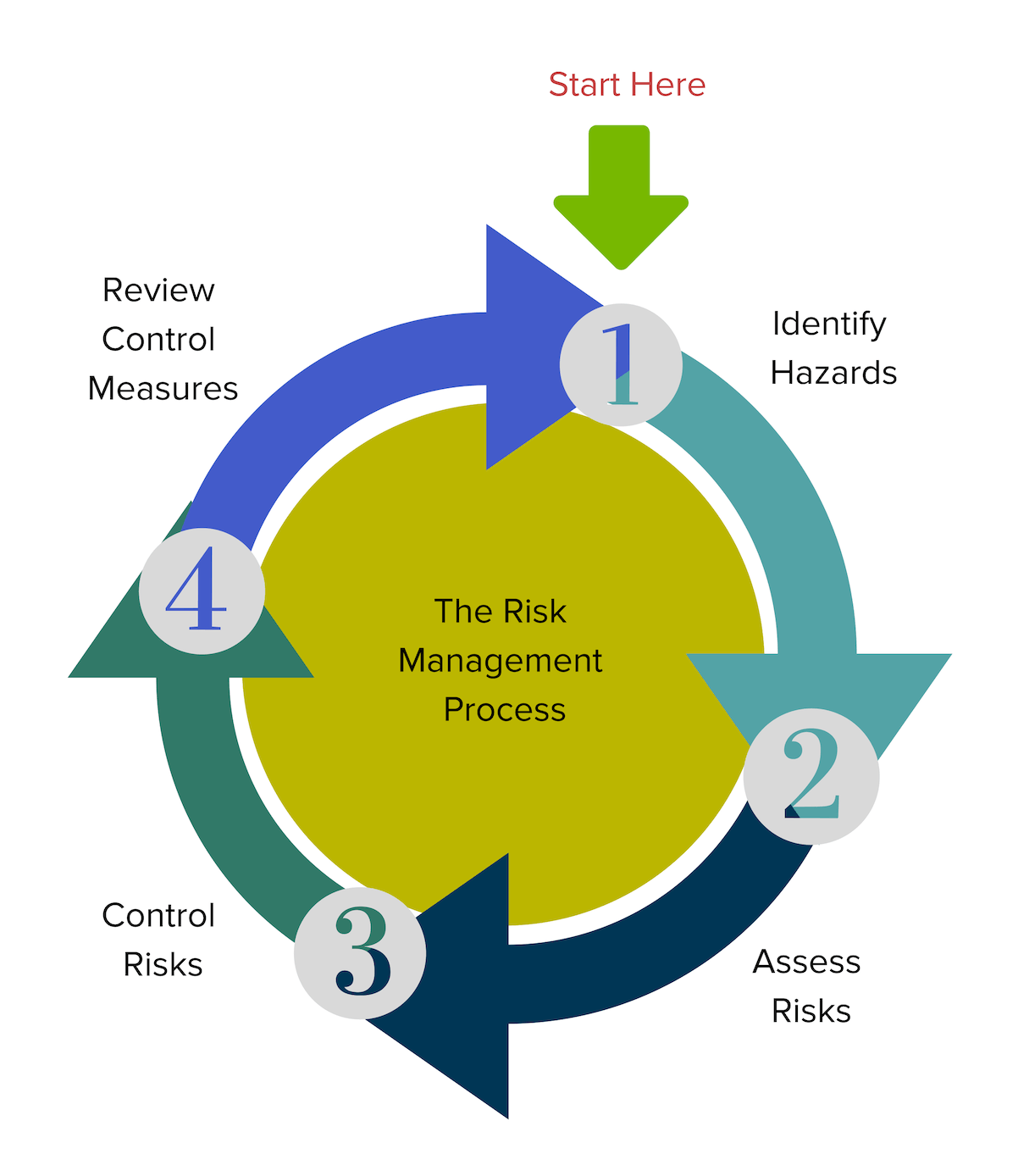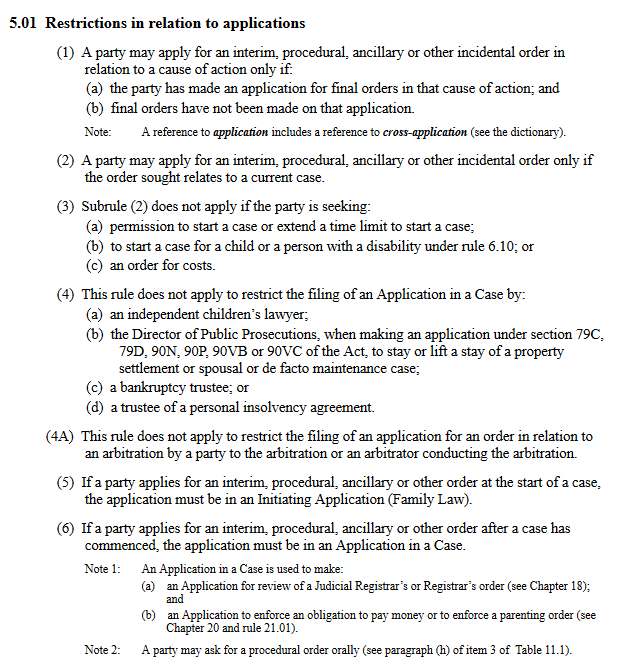Part 4: Calculating Your Share.
Congratulations, you've made it to part four.
You've put in the hard yards, you've finished both worksheets and three videos so far and now it's time to calculate a figure.
To do that, we're going to go over the information you've noted down so far, so you'll need to have completed both worksheet one and worksheet two and have these open nearby.
Then we will work through an example together and calculate a rough percentage and figure of entitlement allowing you to do the same with your own information.
So, let's get into it.
Stage 1 - Reviewing assets, contributions & future needs
As mentioned before, I'm going to go through an example situation and based on their information, calculate a rough percentage and figure that the husband and wife may be entitled to.
As I'm working through this example, you will need to make similar assessments of your own situation and information that you have noted down in the worksheets.
Let's get into our example.
Sarah and William began living together in September, 2000. After three years they were married in January, 2003. 15 years later, their marriage broke down and they decided to separate in October, 2018.
First, let's just briefly go over Sarah and William's assets.
At the present day, Sarah and William have combined net assets of $537,500 which includes:
- superannuation;
- the family home;
- some shares;
- cash in the bank;
- furniture;
- a car; and
- the husband's company.
You would have noted your own net assets down in table one of worksheet one.
In terms of financial resources, William is a beneficiary in the Smith family trust. This is a discretionary trust control by William's father. Historically, William has received distributions between 15 and $20,000 each year depending on how much his father decides to distribute to him.
Sarah is also due to receive $40,000 in cash in her mother's final will. Her mother is still alive, but she has been given six months to live.
NOTE: At the present day though, and importantly to note, Sarah's mother has lost testamentary capacity. This means that legally she cannot alter her will, so the will as it currently stands is what Sarah is likely to receive.
Because Sarah's mother is alive, although she's lost testamentary capacity, she is still alive and there's no guarantee that she will actually pass away in six months.
At this stage, that entitlement is considered a financial resource and not an asset. Once Sarah receives the $40,000 or is due to receive it, after her mother passes away, then it will be considered an asset.
You will also have noted this information down about any financial resources you or your former spouse have in table two of worksheet one.
Now let's get to financial contributions.
Initial Financial Contributions
In terms of financial contributions that Sarah and William brought in when they first started living together, Sarah had $10,000 in savings, $8,000 in shares, a motor vehicle worth approximately $5,000 and around $45,000 in superannuation.
William on the other hand, brought in $80,000 in savings, a motor vehicle worth approximately $12,000 and superannuation of approximately $55,000.
You will have noted down your own financial contributions before you began living together in worksheet two table 1A. If you haven't yet note these down now before continuing on any further.
You will have noted down your own financial contributions before you began living together in worksheet two table 1A. If you haven't yet note these down now before continuing on any further.
Financial Contributions While Living Together
During the relationship, Sarah received a gift from her parents as $30,000 in 2016. She was also made redundant at work and received a redundancy payment of $15,000 in 2004, both of which were contributed as payments to the mortgage.
William, on the other hand, received an inheritance during the relationship from his late mother's estate in 2006 this was to the value of a $100,000.
$50,000 of this inheritance was put towards the mortgage and the remaining $50,000 was spent on renovations to the property ($30,000) and a family holiday ($20,000).
While living together Sarah was working as a full-time bank teller earning approximately 40,000 per annum. She ultimately stopped working in 2004 when their first child was born and has been a full-time homemaker since then.
William, however, has been a qualified engineer since before he met Sarah. From the time they began living together in 2000 up until 2015 William was employed by a business where he earned approximately $220,000 a year.
In 2015 William decided to start his own business and he now pays himself a salary of approximately $150,000 per year.
Financial Contributions After Separation
Since separating, William has continued to pay the mortgage repayments on the property. William's also paid for the paint to repaint the interior and the exterior of the property.
Now we'll move on to the non-financial contributions.
Non-Financial Contributions While Living Together
In terms of non-financial contributions, Sarah would assist William with the bookkeeping for his business once he started it. However, for the most part, the business was operated completely by William.
The assistance stopped when Sarah and William separated.
William also managed the family's finances up until separation.
Non-Financial Contributions After Separation
When separated William made a large non-financial contribution. This was in the form of his own personal labor in painting the interior and the exterior of the property, preparing it for sale and ultimately increasing the property's value.
Now we'll move onto homemaker contributions.
Homemaker Contributions While Living Together
In terms of homemaker contributions during the relationship, Sarah was responsible for the cooking, cleaning, and washing with William occasionally assisting with cooking on the weekends.
William would undertake the yard maintenance such as mowing the lawns and trimming the hedges but other home maintenance was largely up to Sarah.
Sarah and William had two children together during their relationship. Sally, who was born in August of 2004 and Thomas, who was born in October of 2008 making the children 14 and 10 years respectively at today's date.
During the relationship Sarah was the primary care of the children. She would get them to school, assist them with their homework, do the bed and bath routine.
William would assist on weekends when he was home from work but for the most part, Sarah was responsible for the day-to-day care of the children.
Homemaker Contributions After Separation
As Sarah and William no longer lived together the children now they've primarily with Sarah in the family home. They stay with William every second weekend.
As Sarah was now the only one living in the matrimonial home all of the cooking, cleaning, washing, and home maintenance was performed solely by her.
Now we'll look at future needs.
In terms of future needs neither Sarah or William have any known health issues, meaning they do not require extra financial support at this stage in their lives.
However, Sarah does not hold any qualifications past her high school certificate. She's been out of the workforce since 2004 until she recently obtained a retail position at David Jones earning approximately $50,000 per annum.
The children attend private schools and William has agreed to continue to pay for their school fees until the children finish school.
Sarah and William also have a private agreement in which William will pay Sarah $350 per week in child support.
You should also think about the future needs you and your former spouse have that we went through in part three.
Don't have the time to do it yourself?
Let us work out what you may be entitled to instead.
Stage 2 - Calculating Your Share Of The Property Pool
Now considering all of this information, let's calculate your share of the property pool.
In my case I'll be calculating Sarah's share of the property pool.
In Sarah's situation she would be entitled to somewhere within the range of 55% to 65%.
This is based on a 8 main things:
1
It was a long relationship
Because Sarah and William's relationship was approximately 18 years the court will tend to weight non-financial and financial contributions somewhat equal.
They say that there was a merging of efforts throughout the 18 years and that William went to work and earned the income he did and he could do that because Sarah was at home raising the children and running the household.
In situations where your relationship was shorter. For example, if it was only a three or four year relationship, the financial contributions of a person would be given much more weight than they would in Sarah and William's situation.
2
William has a far greater earning capacity
The next thing is that William has a far greater earning capacity compared to Sarah.
Sarah earns approximately $50,000 working at David Jones and that's probably all she can earn into the near future. William on the other hand, runs his own business he pays himself a wage of $150,000. However, historically as an employed engineer, he was earning up around that $220,000 mark.
William has the capacity to earn and does earn much more than Sarah.
3
Sarah has primary care of the children
As we mentioned earlier, William picks them up every second Friday and has them until Monday morning. Other than that, Sarah is primarily responsible for getting the kids to school, getting their homework done, cleaning for them, cooking for them, doing all of those things that limit her ability to work long hours.
4
Sarah's financial contributions
Sarah made financial contributions with the $30,000 from her parents and the $15,000 from her redundancy.
Again, those are two things that went directly into the property pool that added to the value of it.
5
William's financial contributions
William, on the other hand, had that significant financial contribution in the form of not only his increased income but the lump sum payment received from his inheritance, that $100,000.
While, $20,000 was spent on a holiday, $80,000 was applied to the mortgage and increasing the value of the home, so he does get something for that.
William's adjustment for that big inheritance though is lessened because it was received early on in their relationship. If, for example, he received that inheritance towards the end of the relationship or even after separation, it would be given much greater weight than it was being received much earlier on.
6
William's initial financial contributions
We also look at William's initial financial contributions. They were obviously larger than Sarah's, but again, in a long relationship, your initial financial contributions are given much less weight over time than they would have been if it was, say a three or four year relationship.
7
Sarah's interest in her mother's estate
Even though Sarah's interest in her mother's estate is not huge, it is something that she is likely to receive.
As we said, it's at this stage still a financial resource as it's something that Sarah is likely to receive but has not yet received. Even though she has not received it yet, the court can't ignore that she's going to receive it at some point.
8
William's interest in the family trust
William's financial resource in being a beneficiary in the family trust is also something the court can't ignore. Yes, it is uncertain on if he will receive anything and how much William will receive, if he does, but historically he has received $15,000 - $20,000 each year.
In this case, if Sarah negotiated with William and they agreed to, split the assets, 60% to Sarah and 40% to William because of all of the reasons above then the overall split might look something like this:
You'll see the property might be sold. In that Sarah might receive $207,500 and William will receive the balance.
Now we've got to those cash adjustments because we take what each party already has in their possession.
Sarah is going to receive all the furniture in that property. She's going to receive the cash at bank and she's already got shares in her name and superannuation in her name.
William already has a car, he's got his company and he's got his super and then he's obviously got a little credit card debt there.
We take what each party already has, and then in order to top them up to that 60/40 split that they've agreed to, that is how the cash component is calculated.
If you're unsure and want some help with this I'm providing free calculations to help people determine their share of the property pool.
Simply click the button, Get a Free Personal Net Worth Calculation, fill in the form and I'll give you a call so we can discuss your situation confidentially.
Then fill in the form and I'll give you a call so we can discuss your situation confidentially.
Alternatively, if you've just got some questions about this video or your separation in general, feel free to contact us on 1300 767 384 or you can email us at [email protected].
But other than that, you're all finished!
You've completed all four parts of the video series and hopefully have calculated your share of the property pool.
All that's left is to:
1
Reach an agreement on this split with your former spouse.2
Check that the division of assets is just & equitable.
This simply means checking that it's fair. Making sure, for example, practically that one part is not ending up with a bunch of superannuation and the other party is walking away with all of the cash. The split, while the percentage might be fair, you need to make sure that the actual practical split is also fair.
3
Finally, finalise the agreement.
You can do this through either consent orders or a binding financial agreement and we can assist with either of those.
















